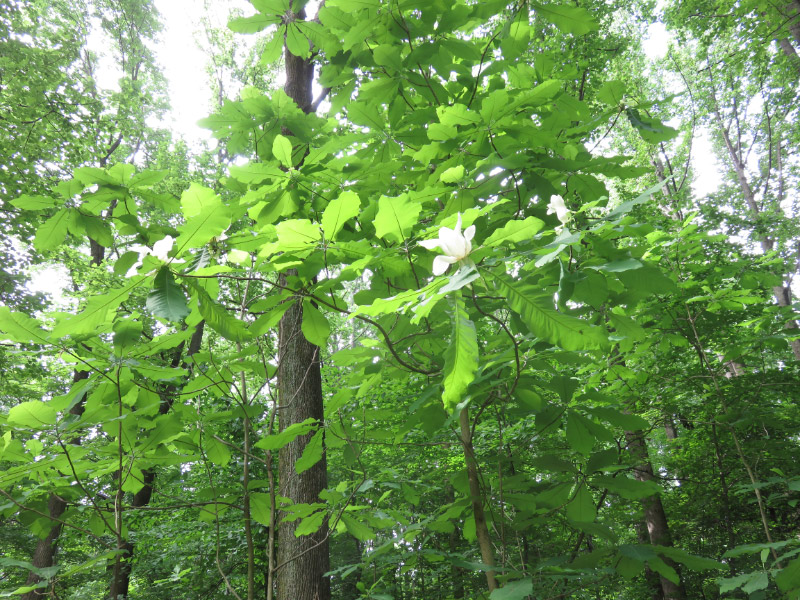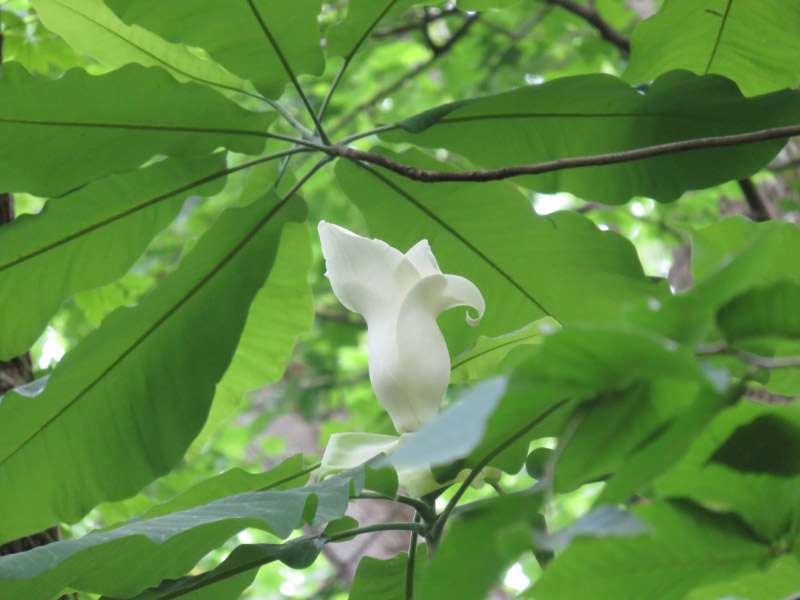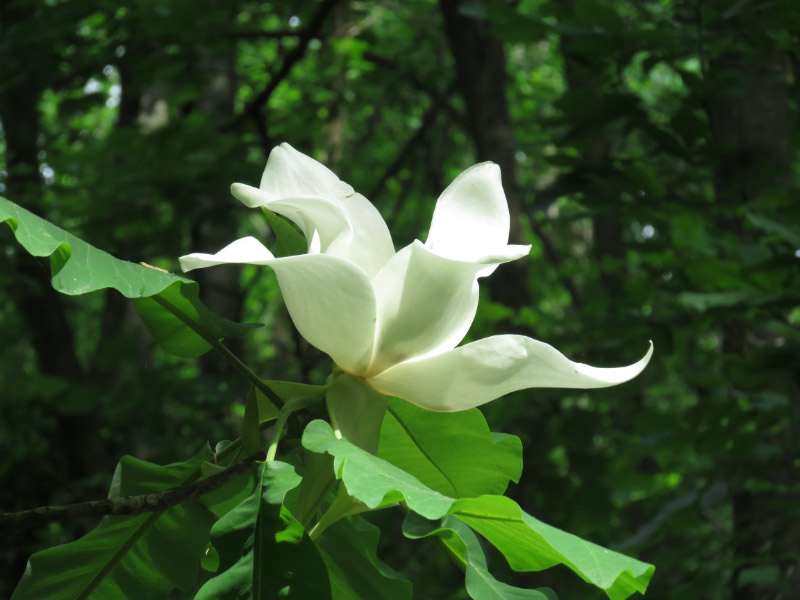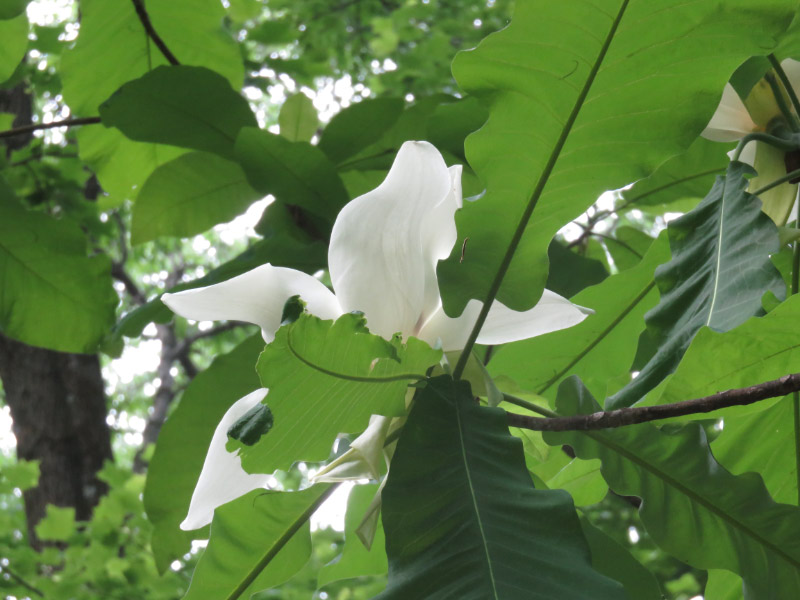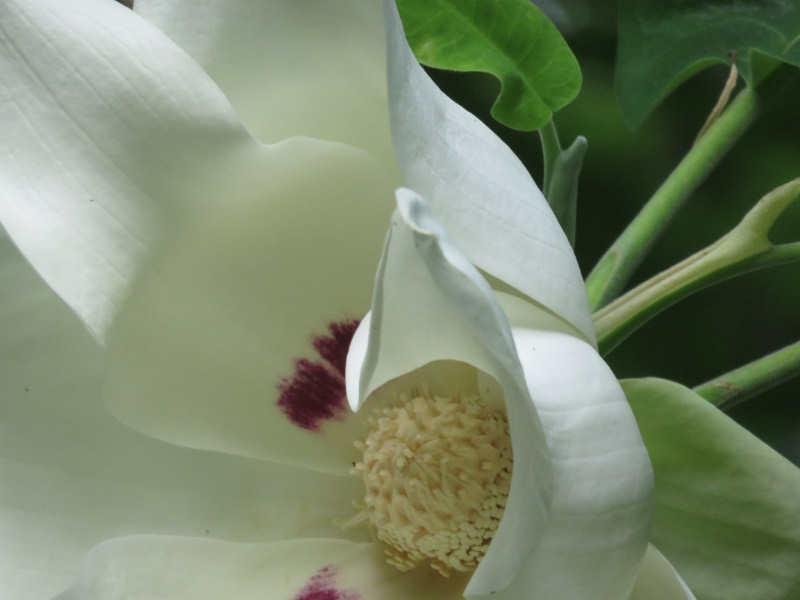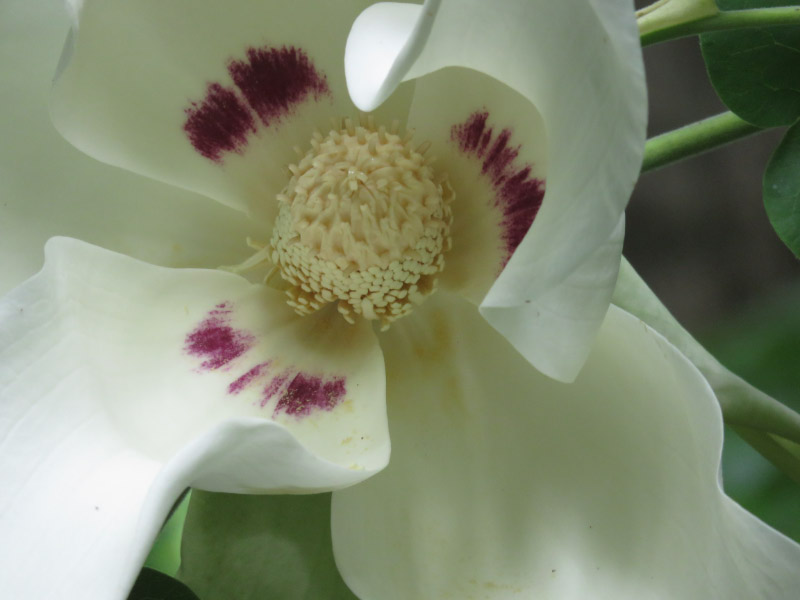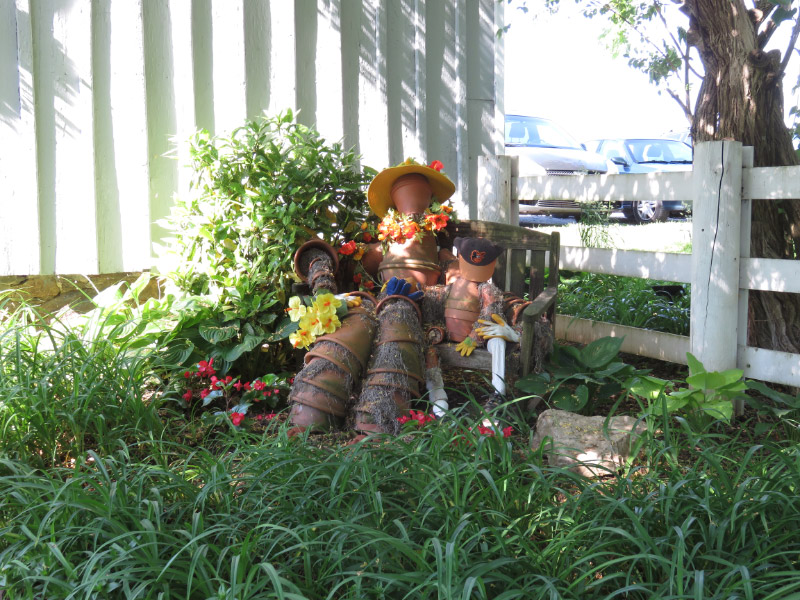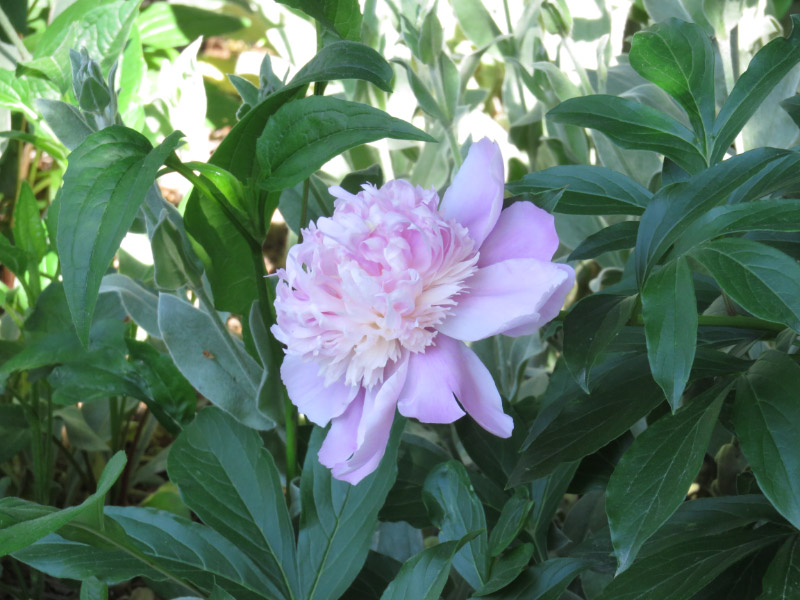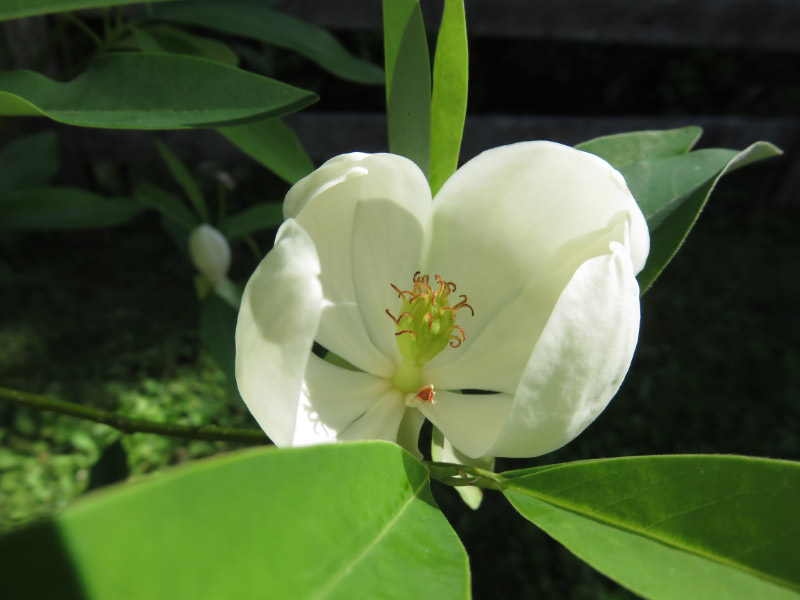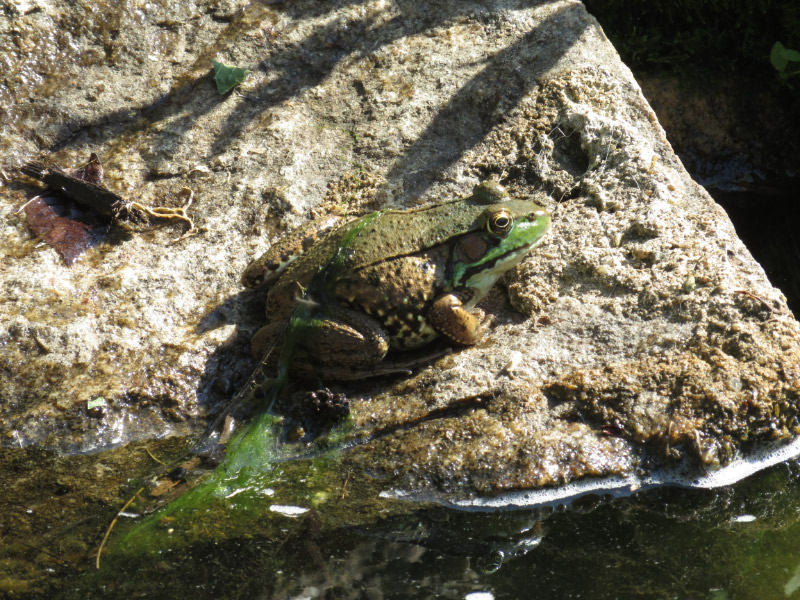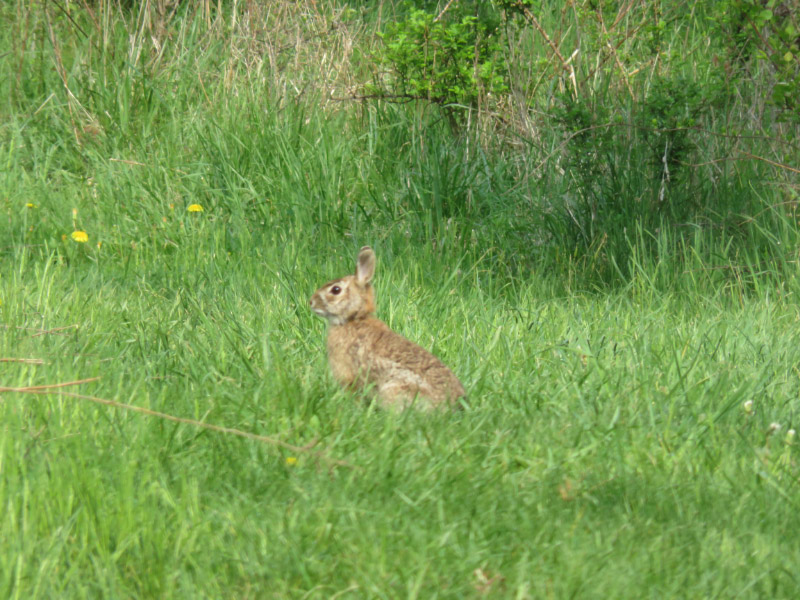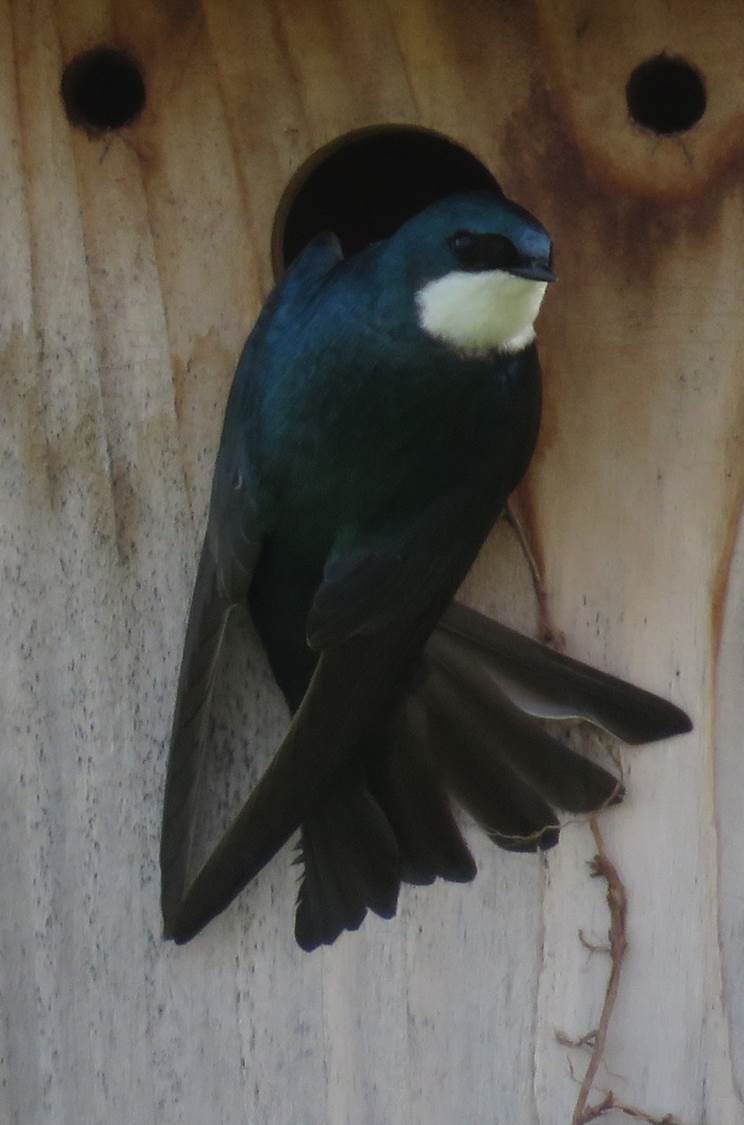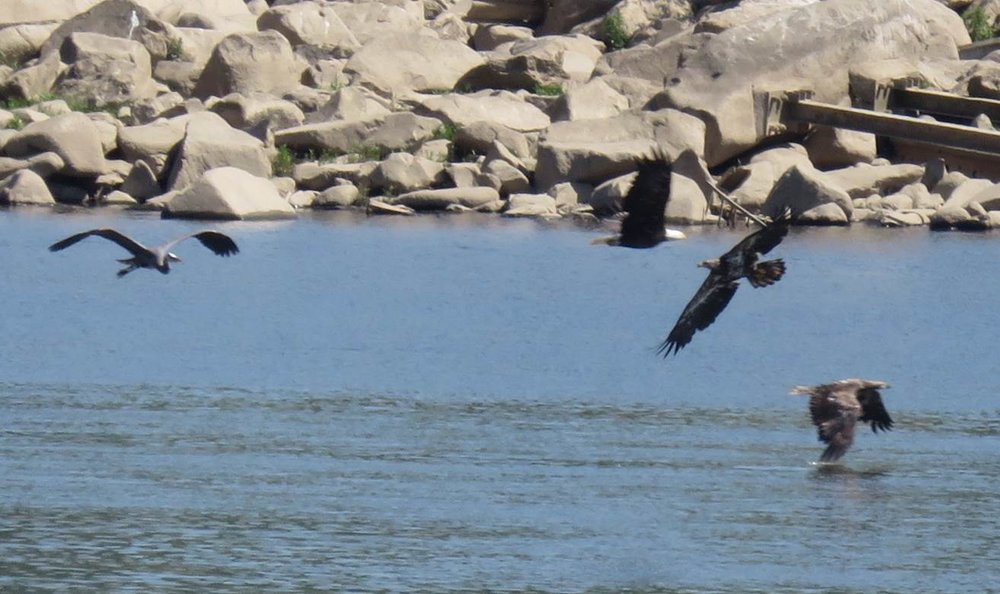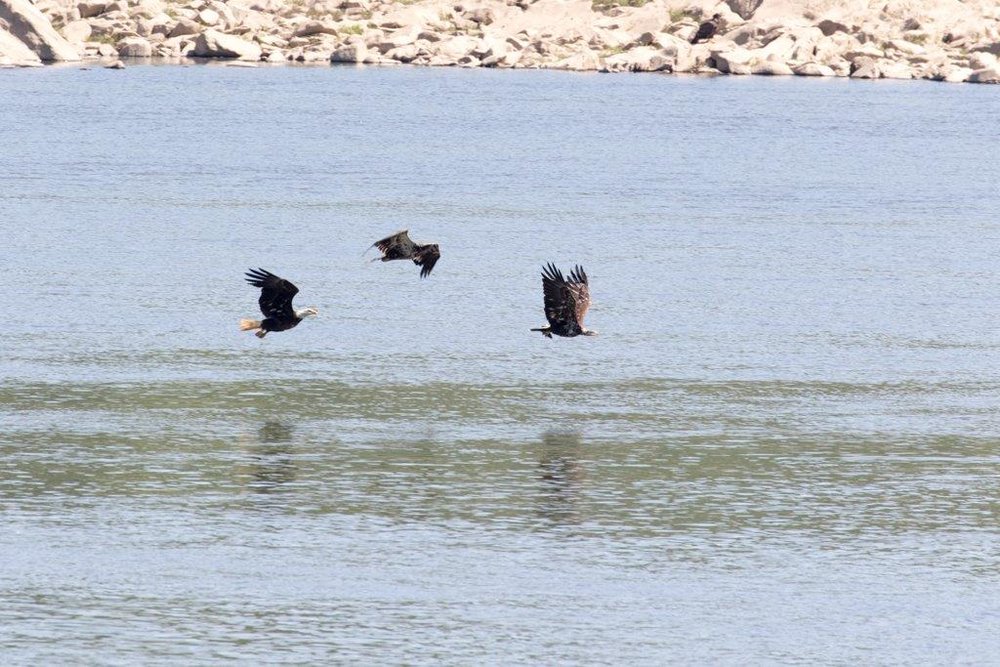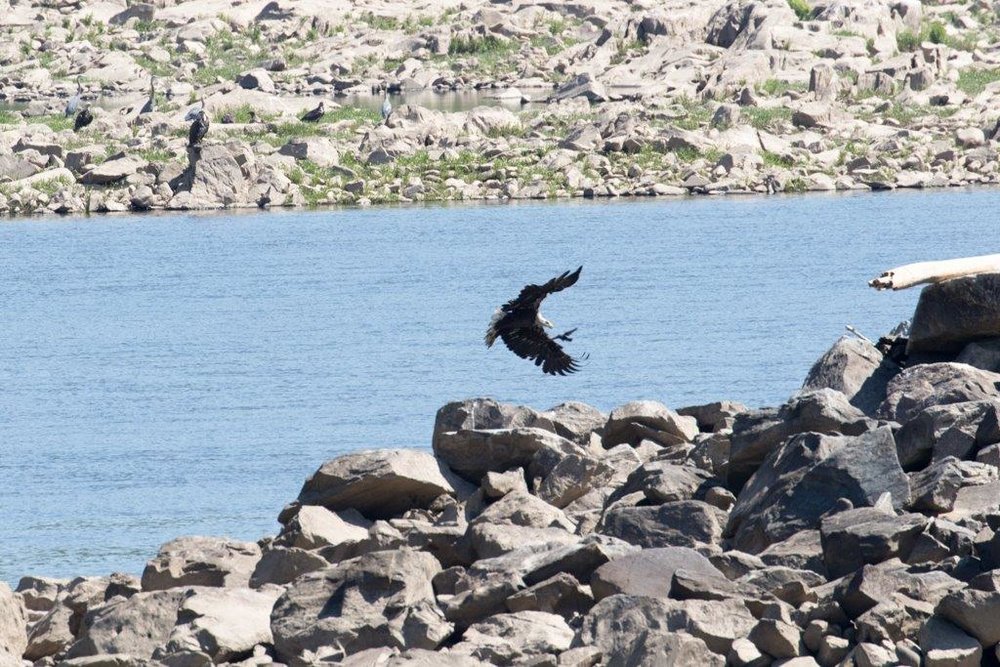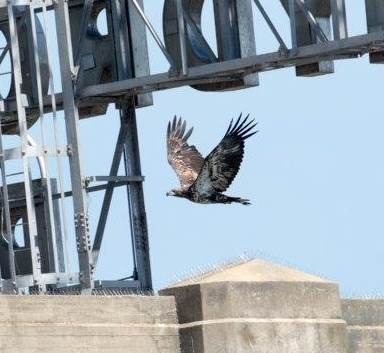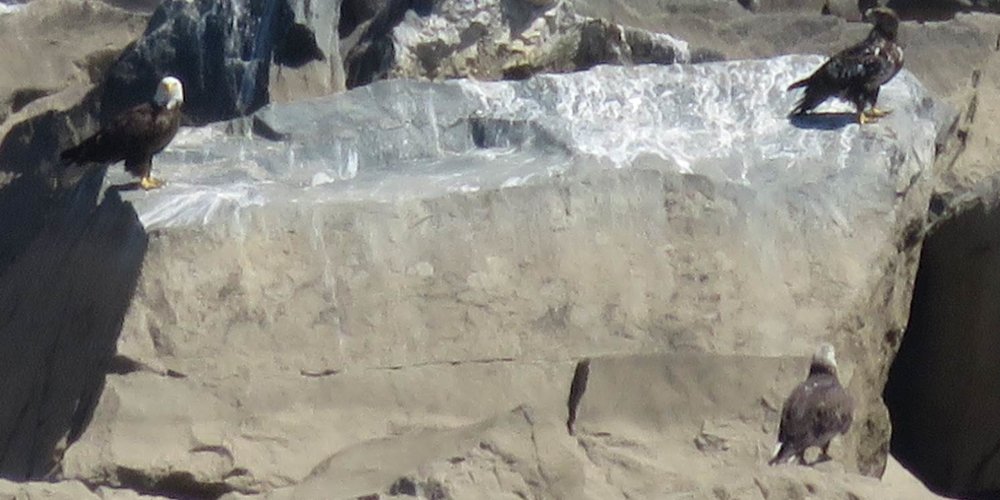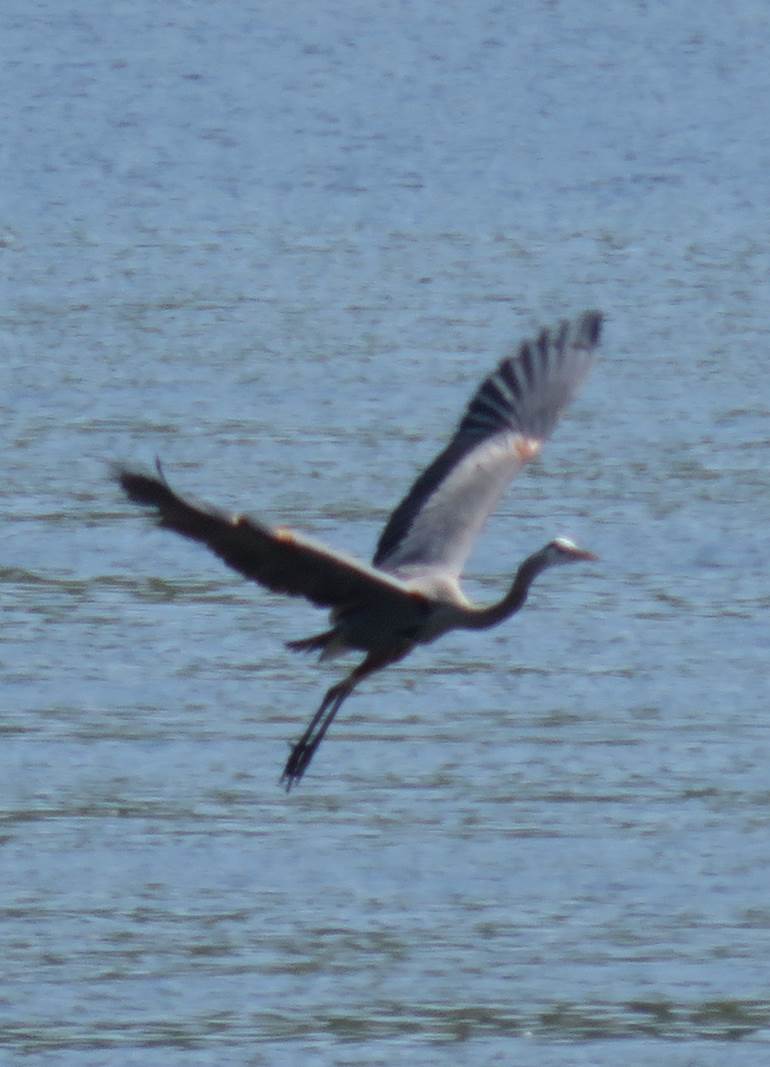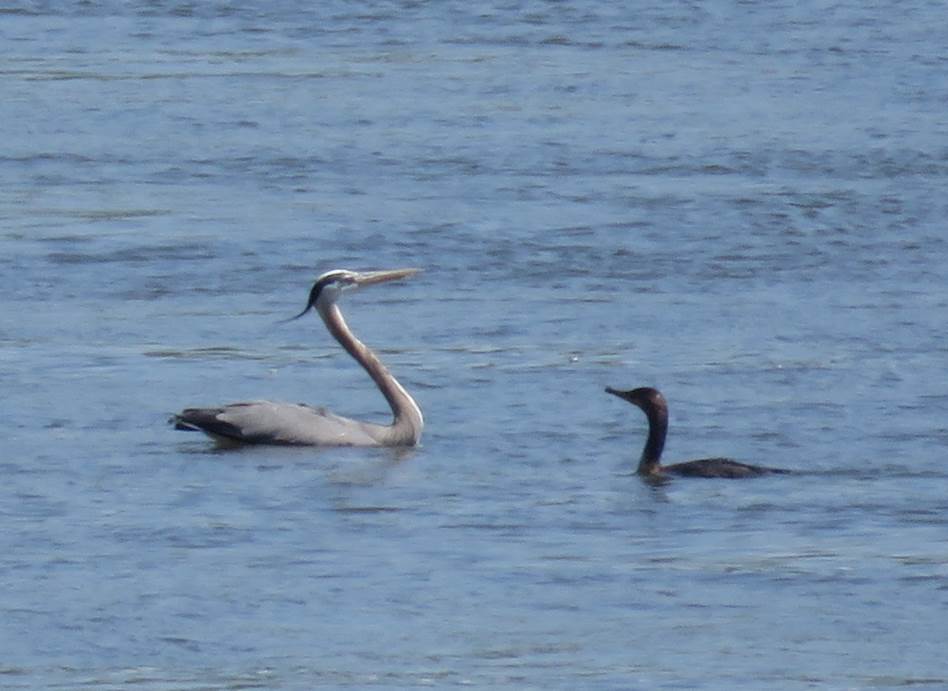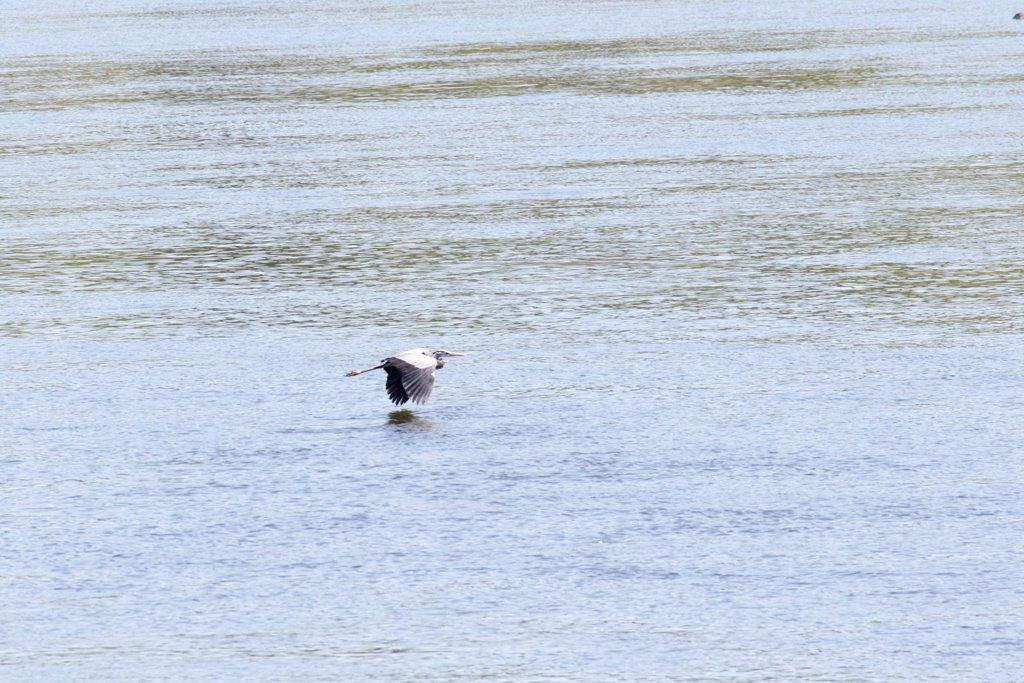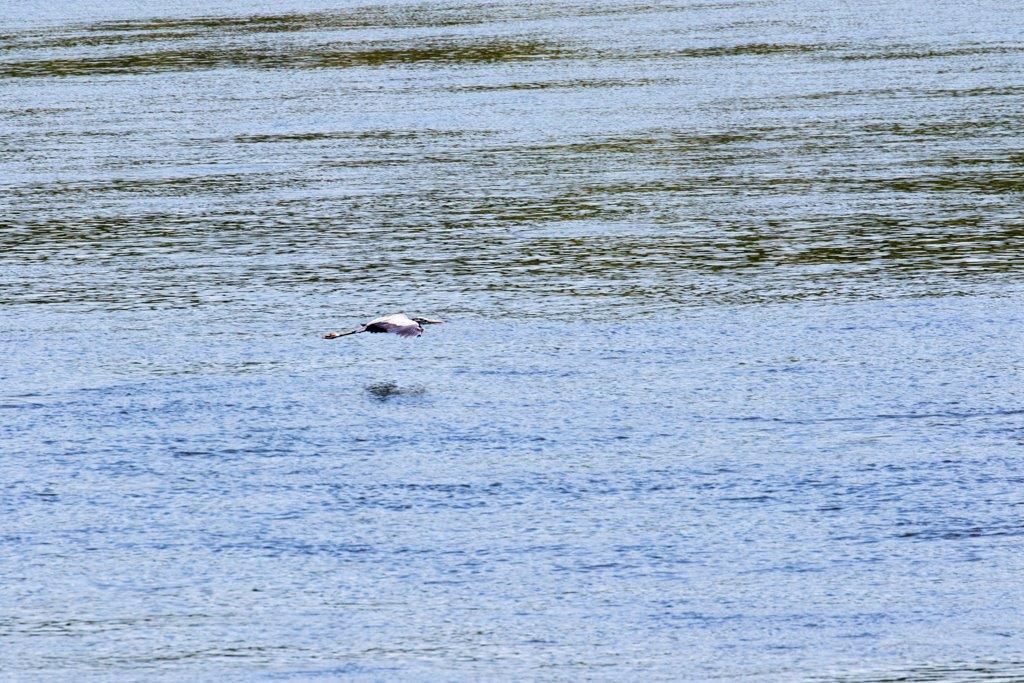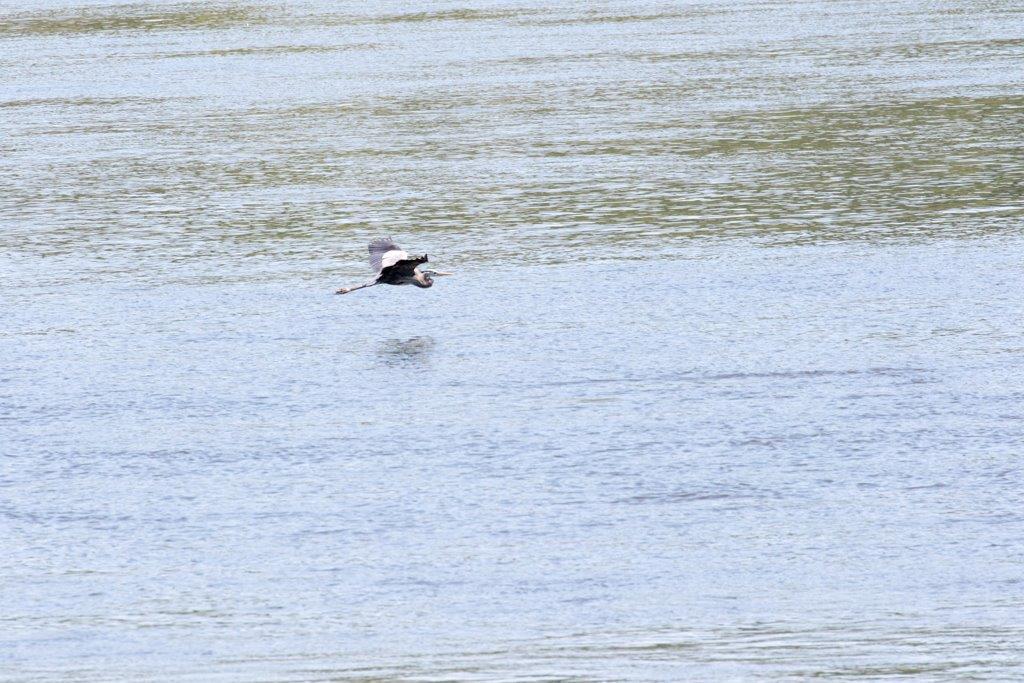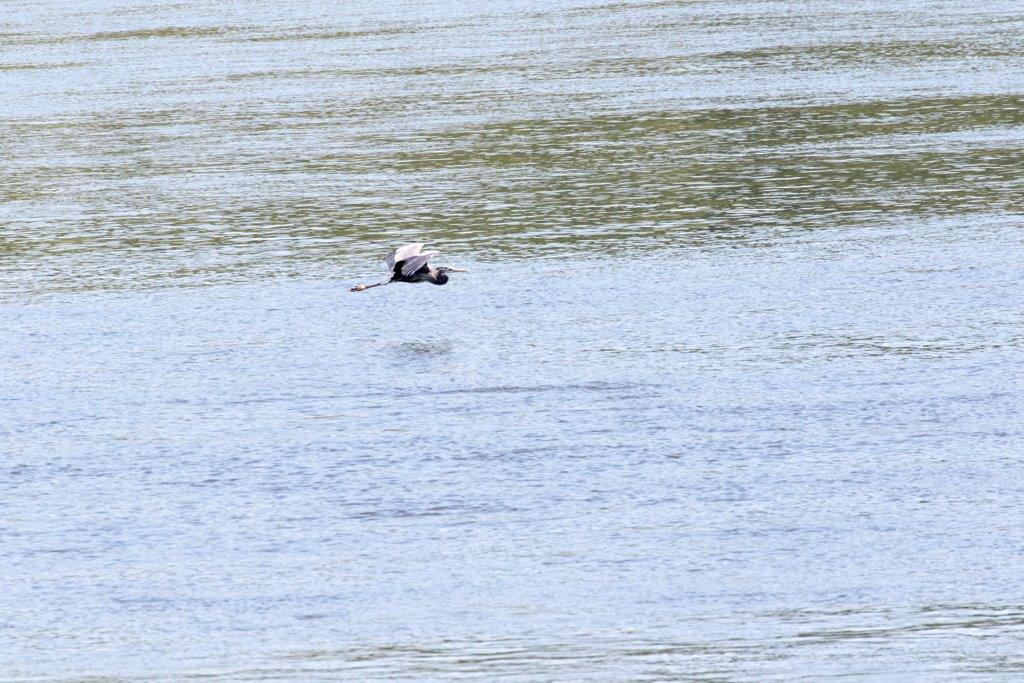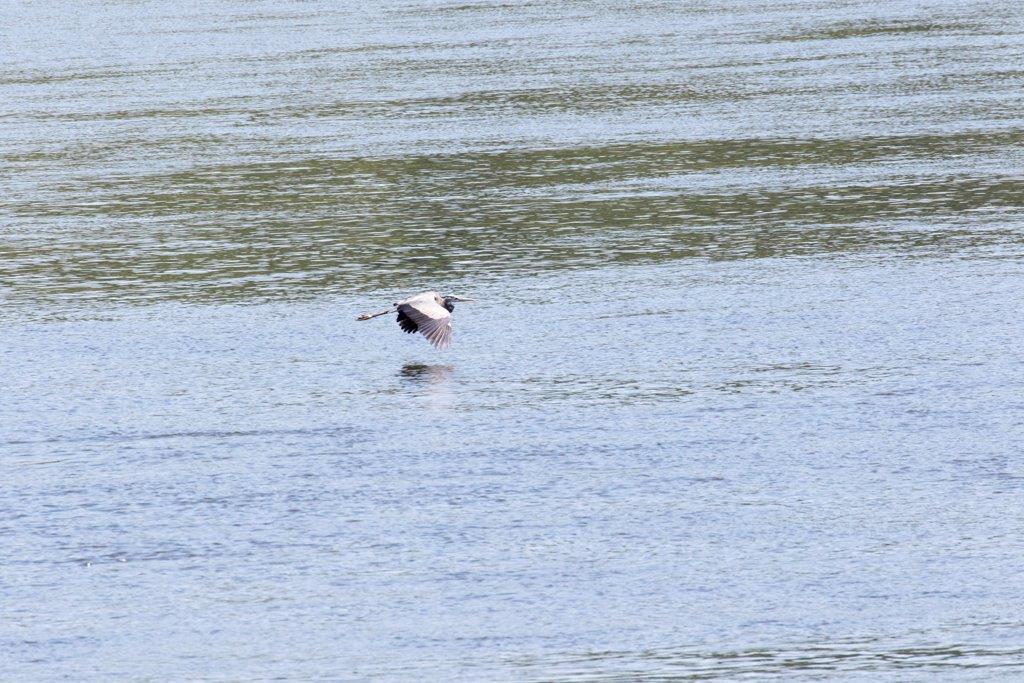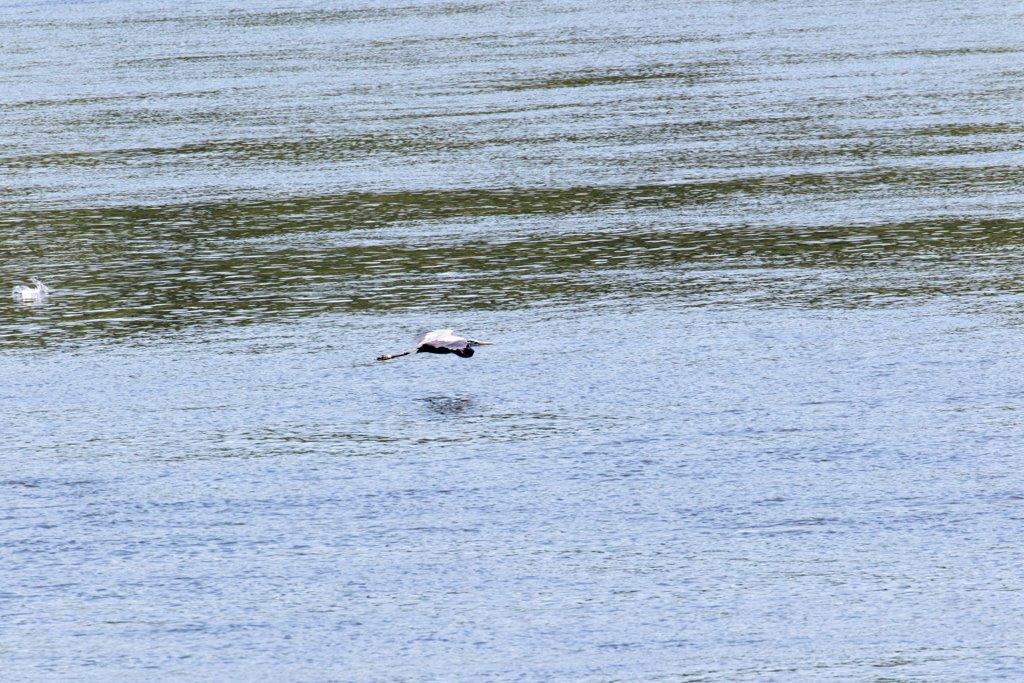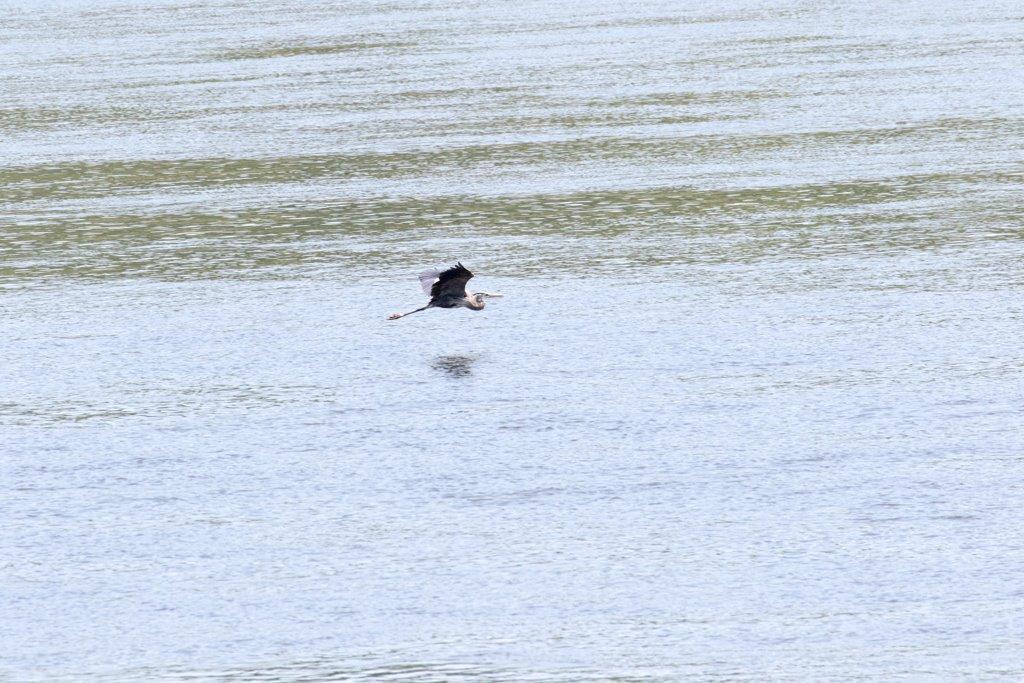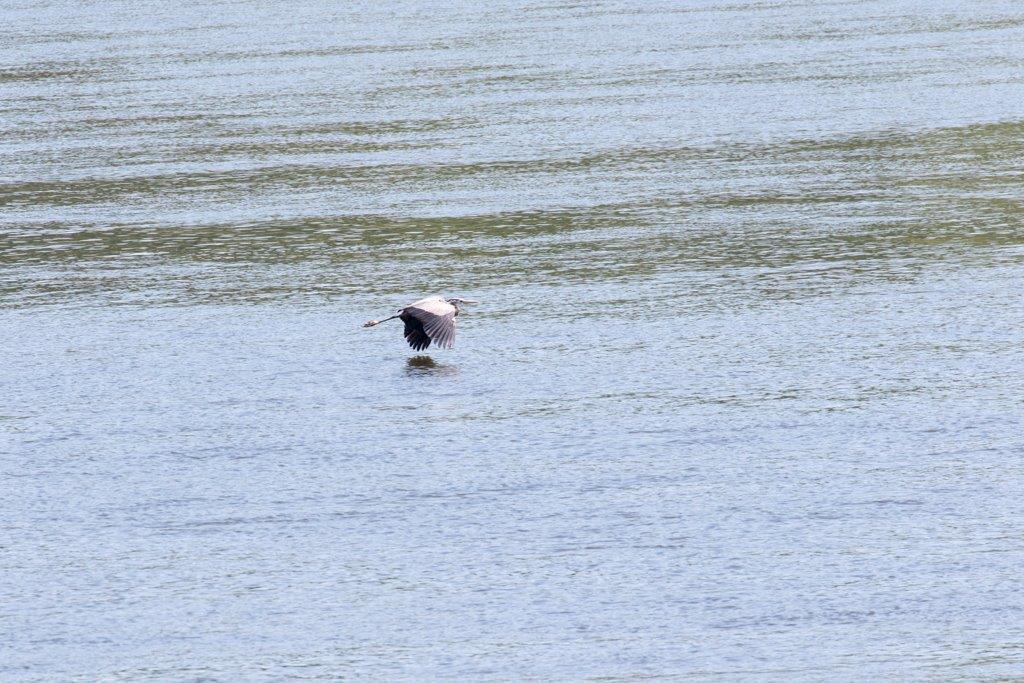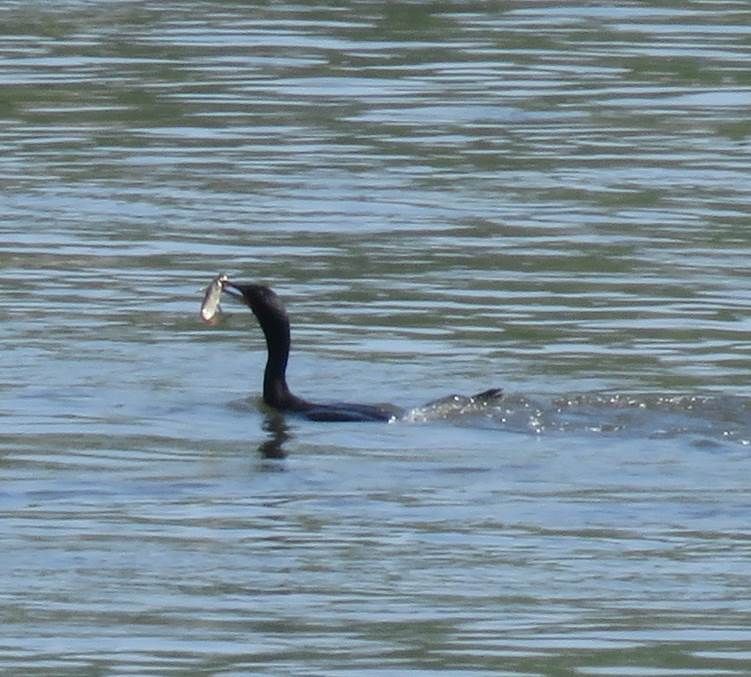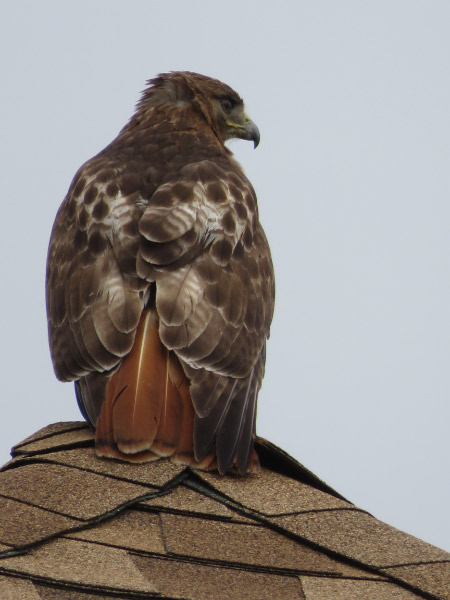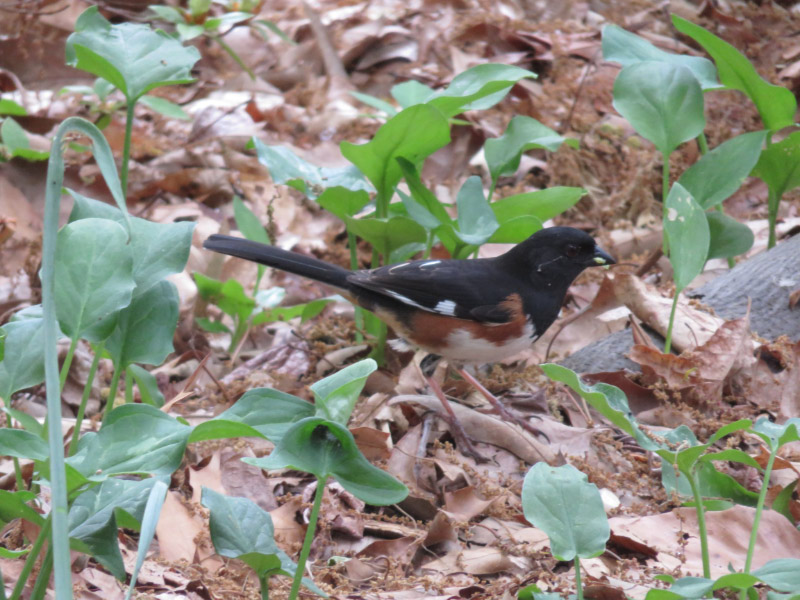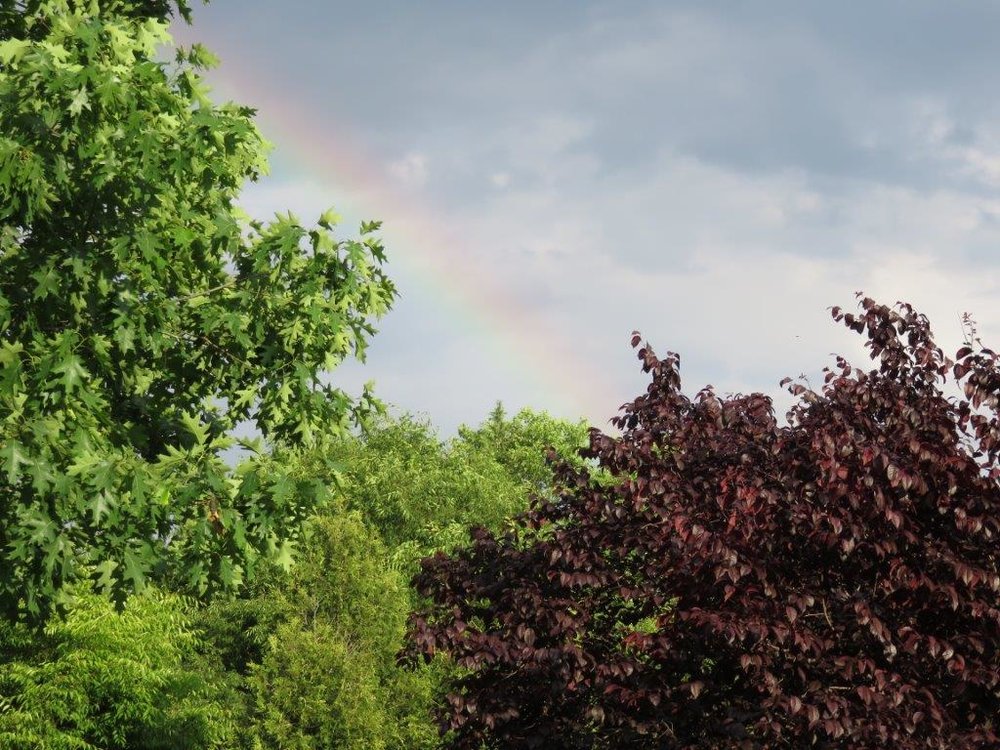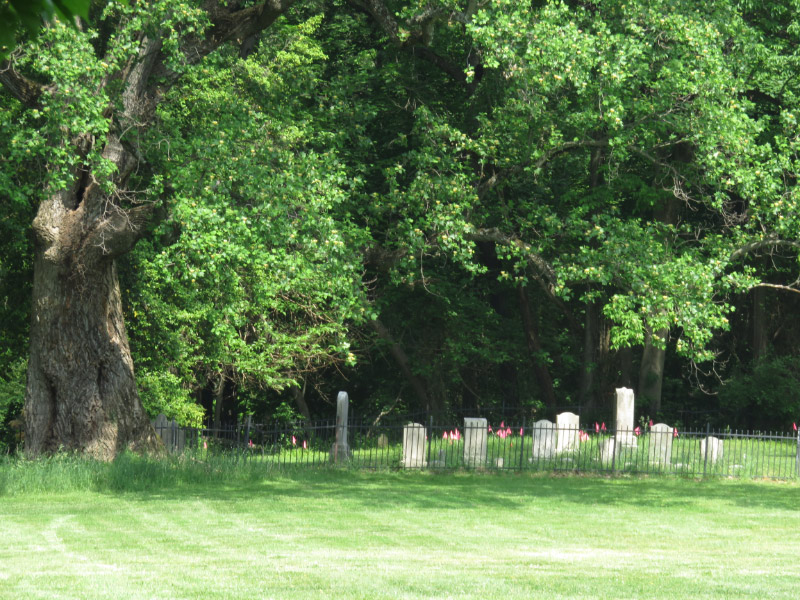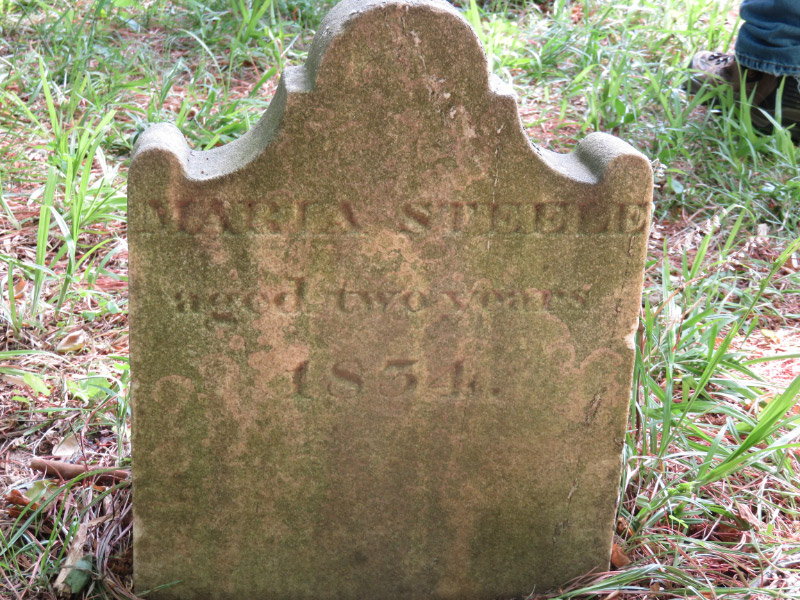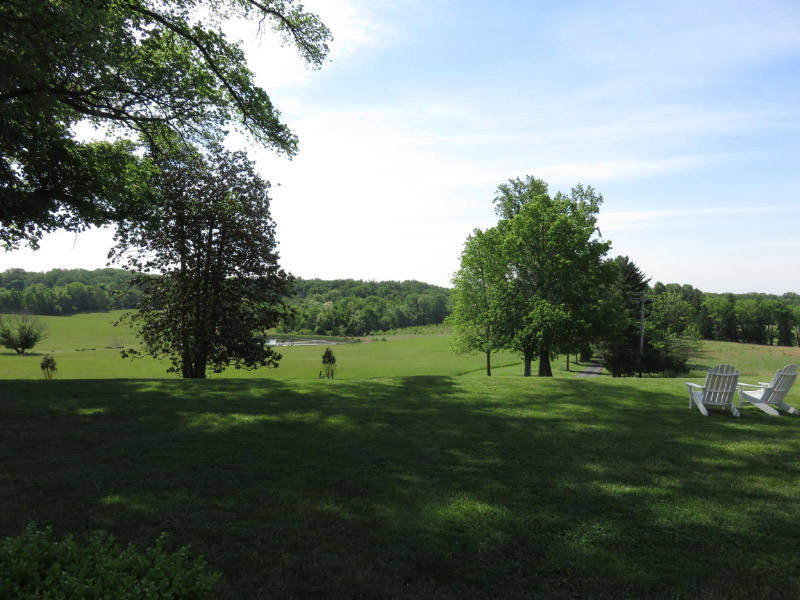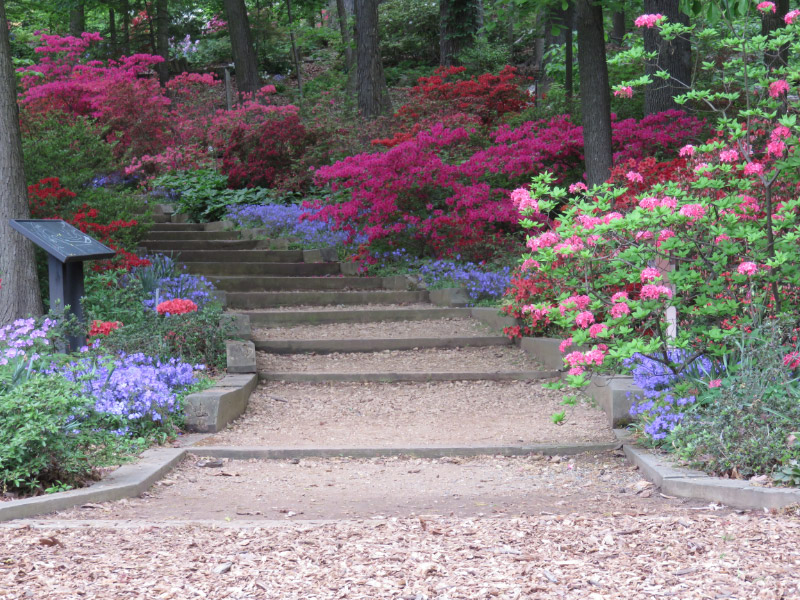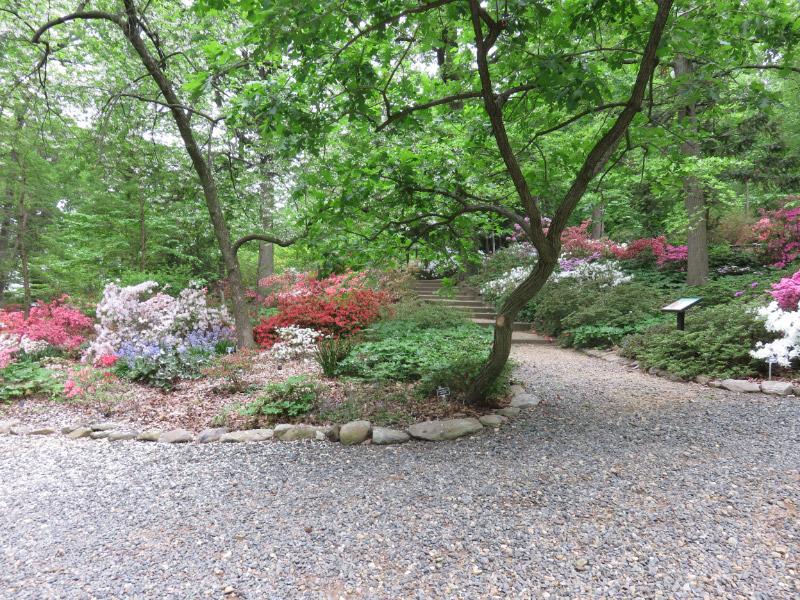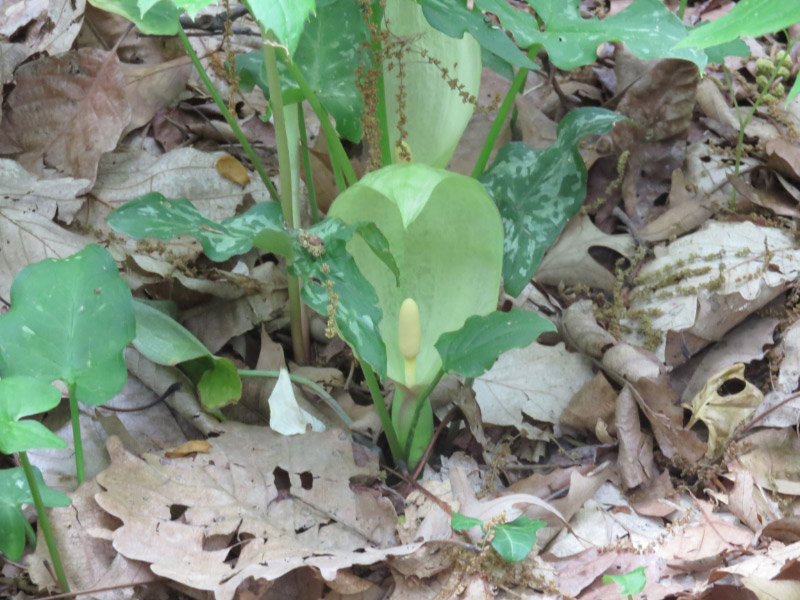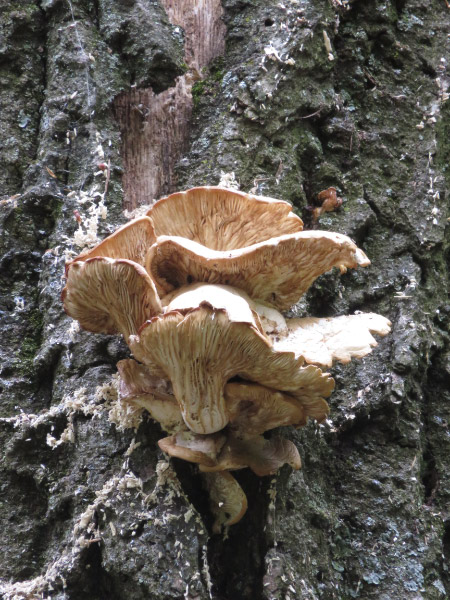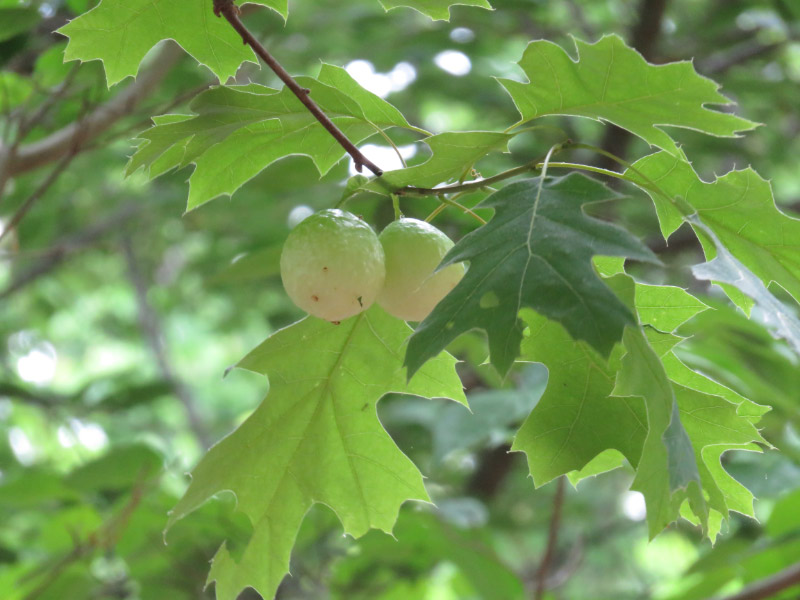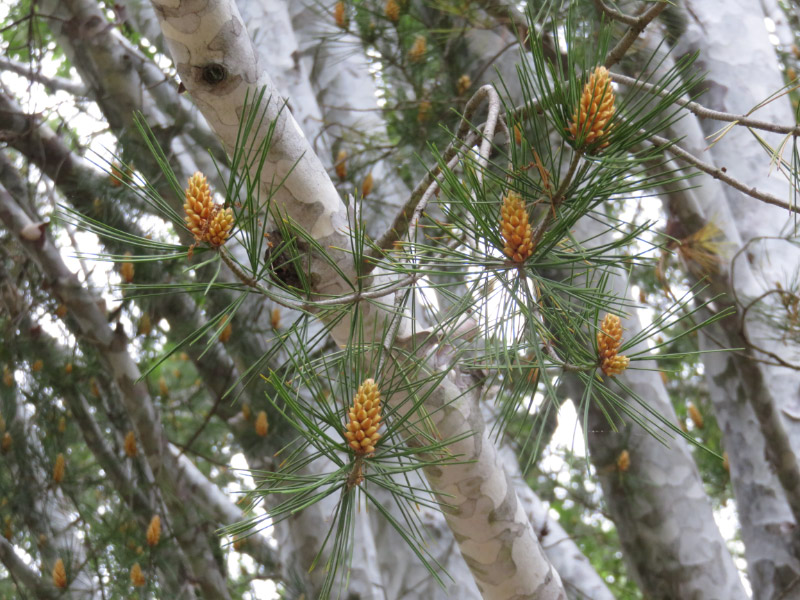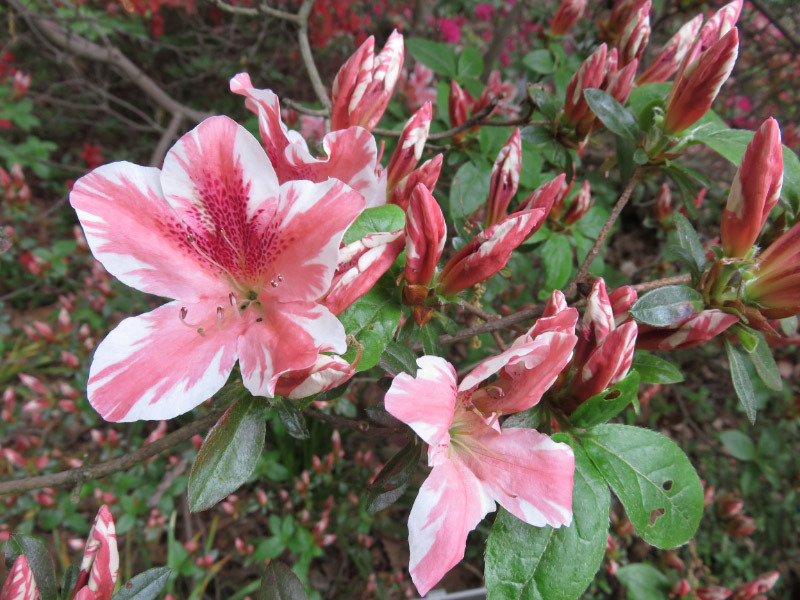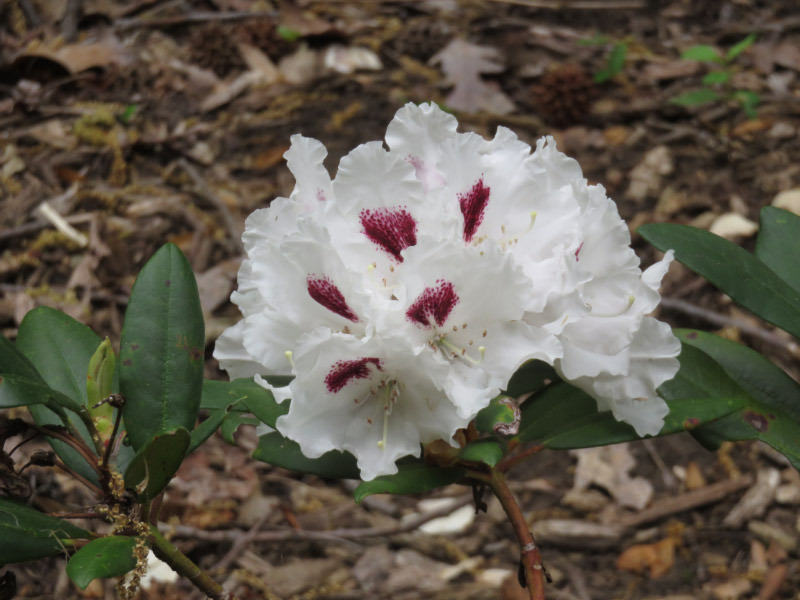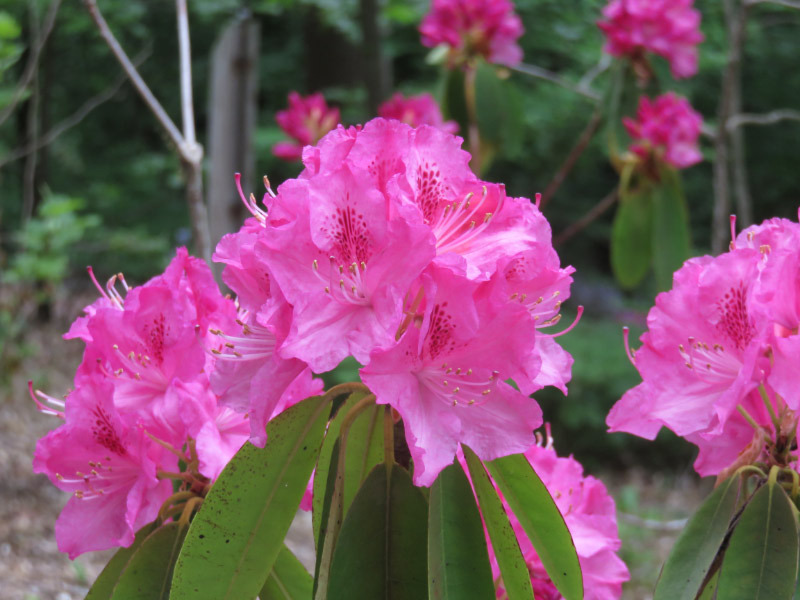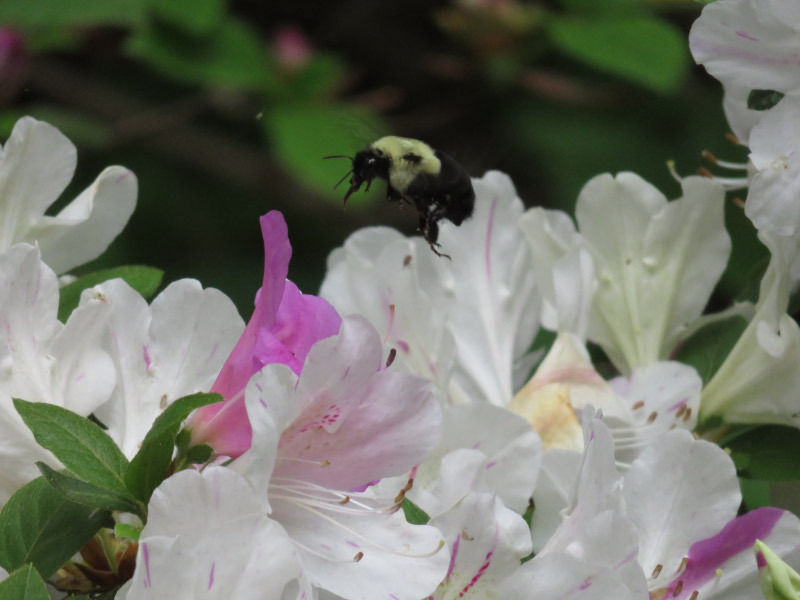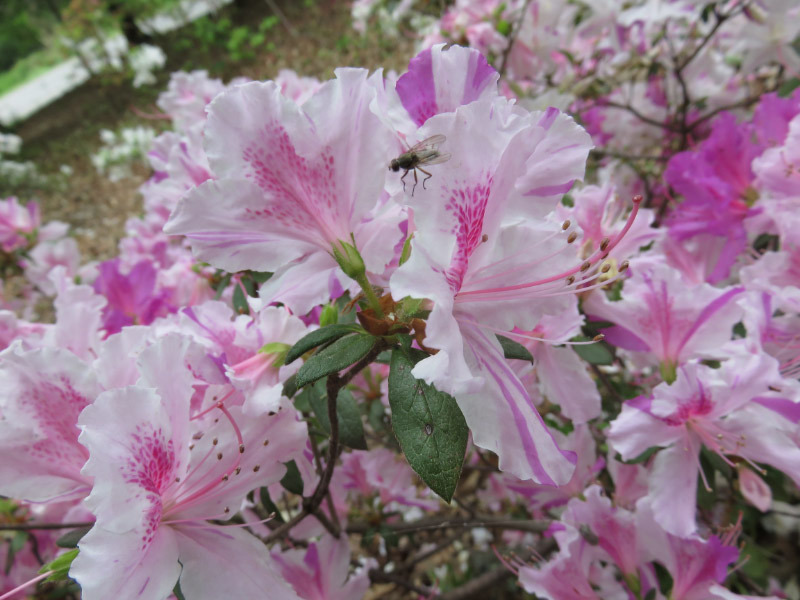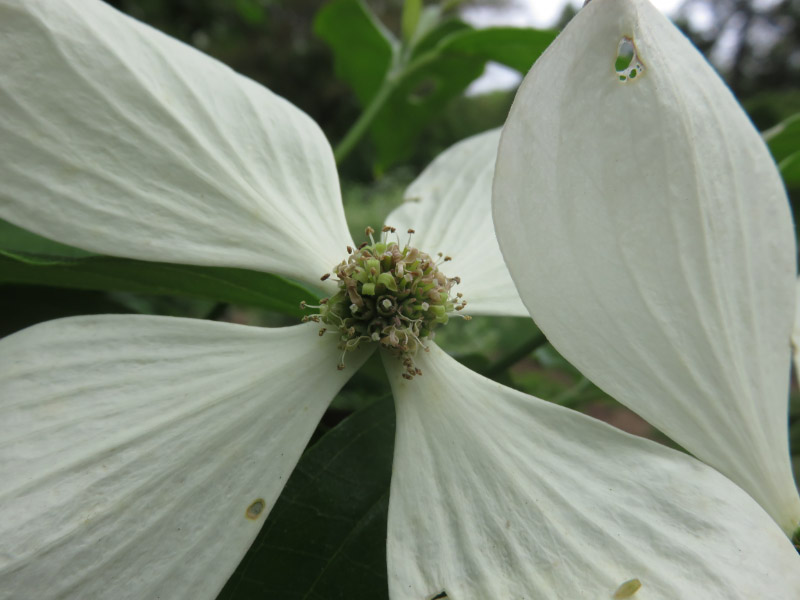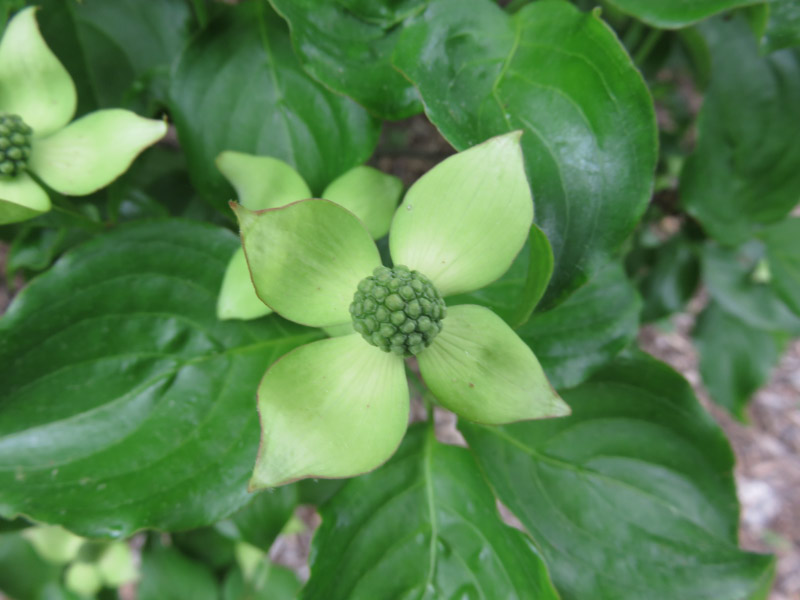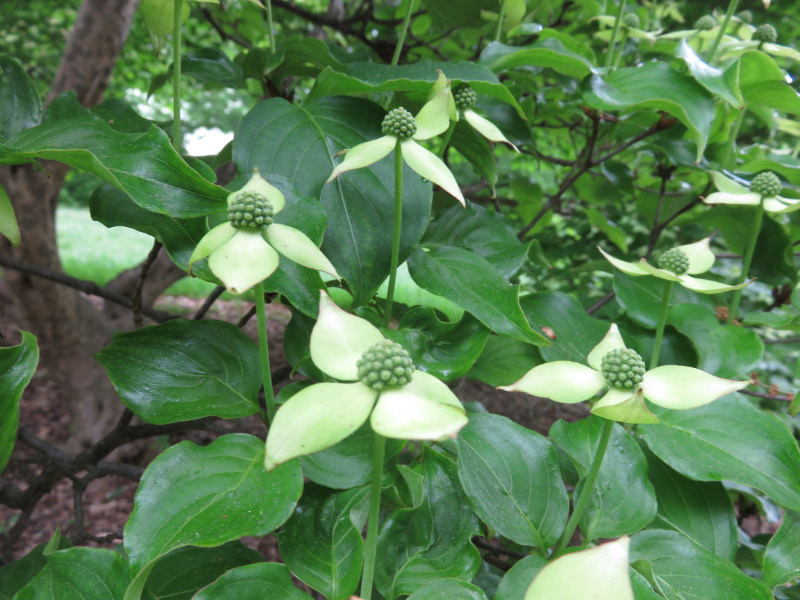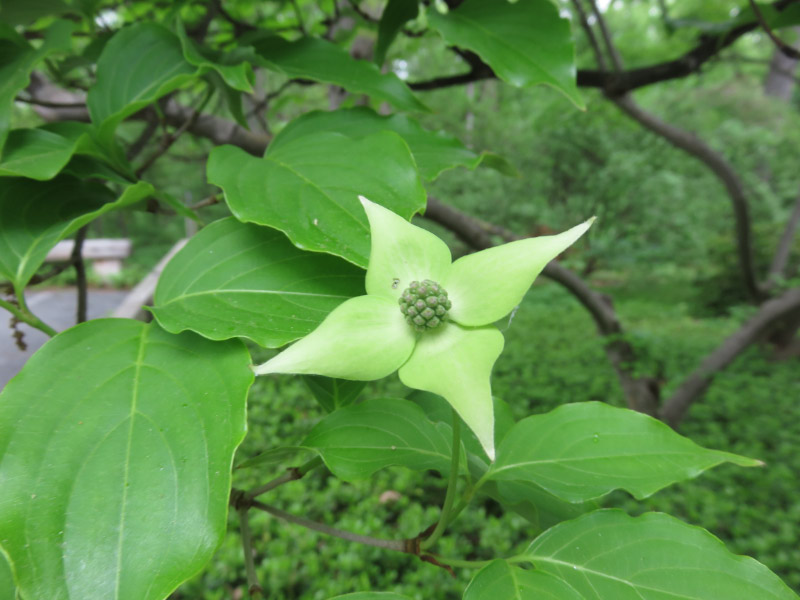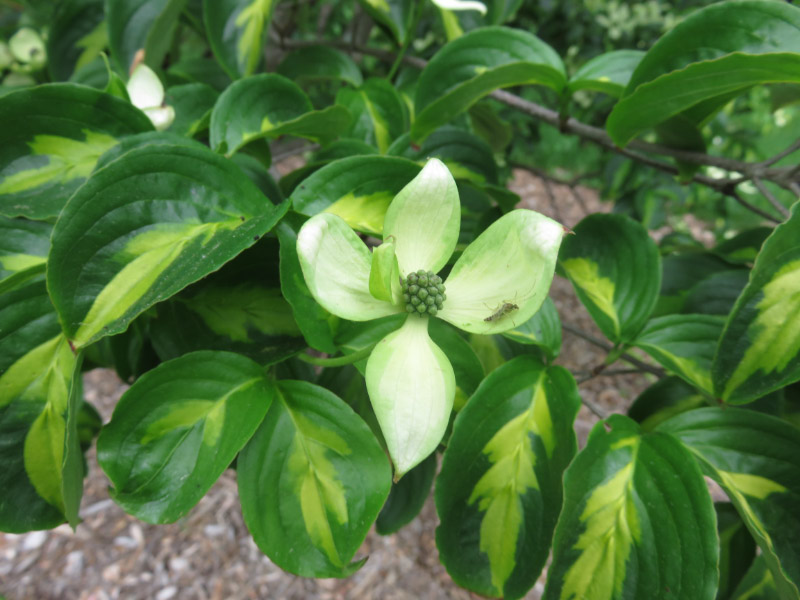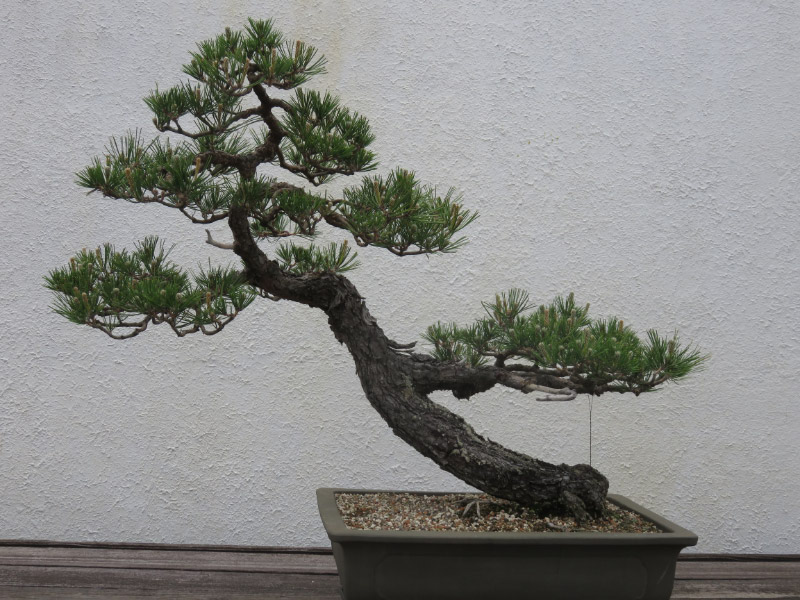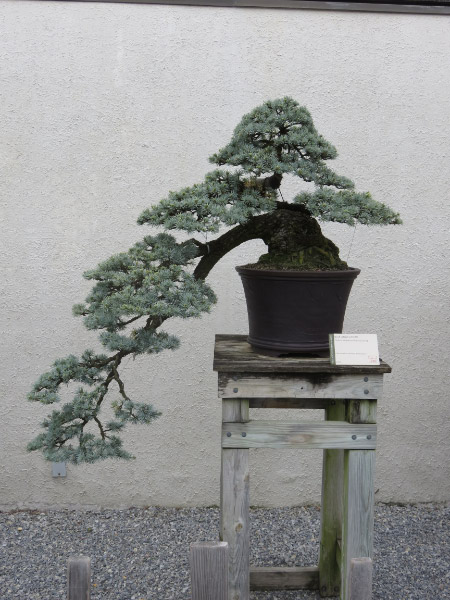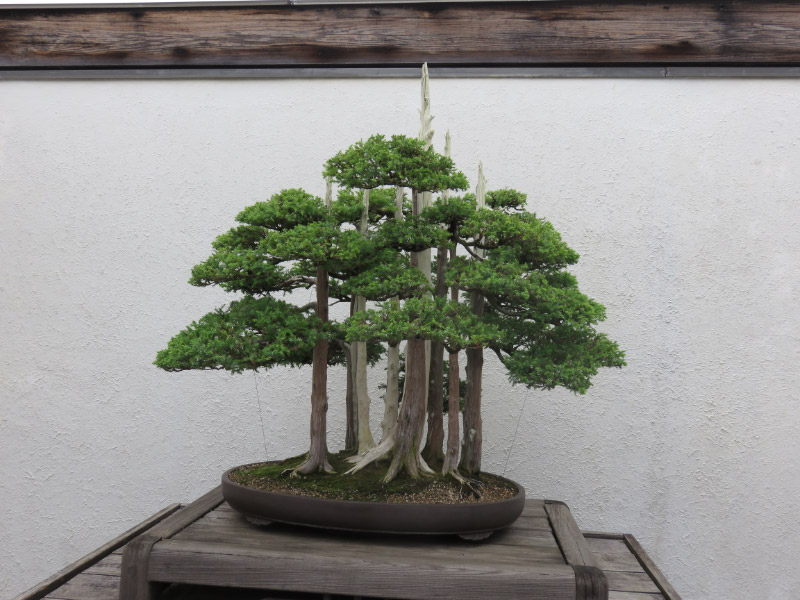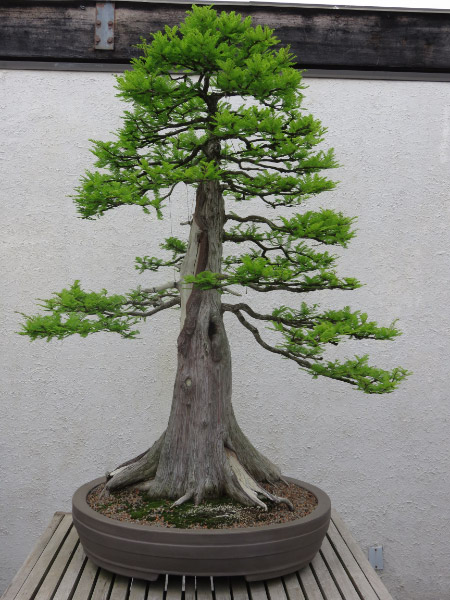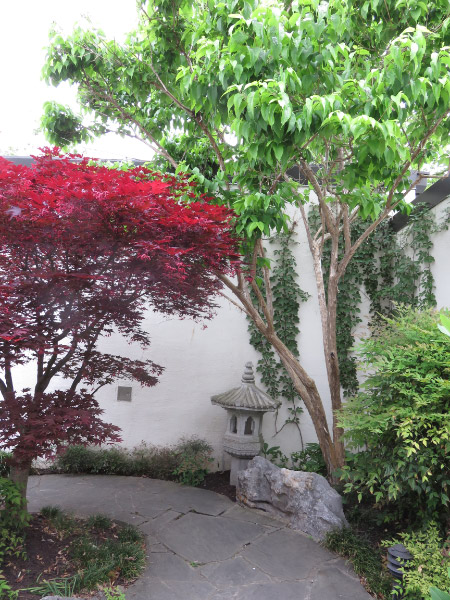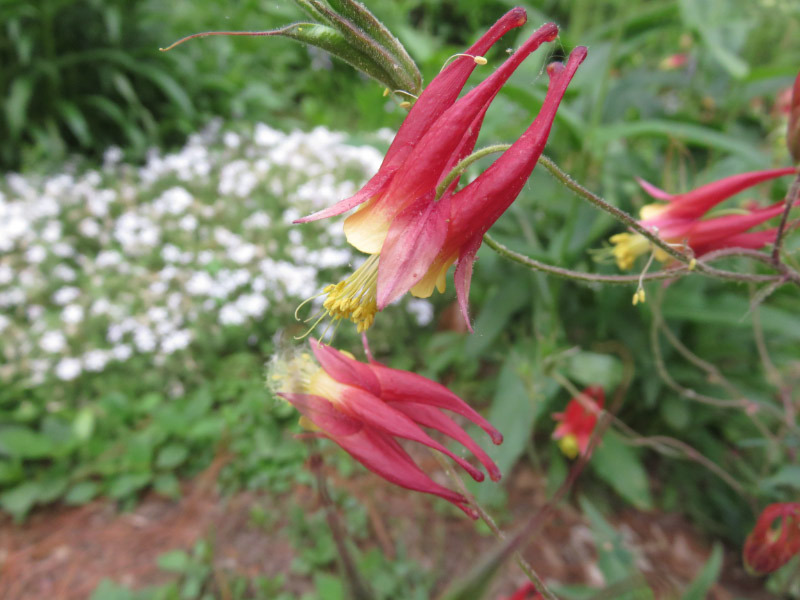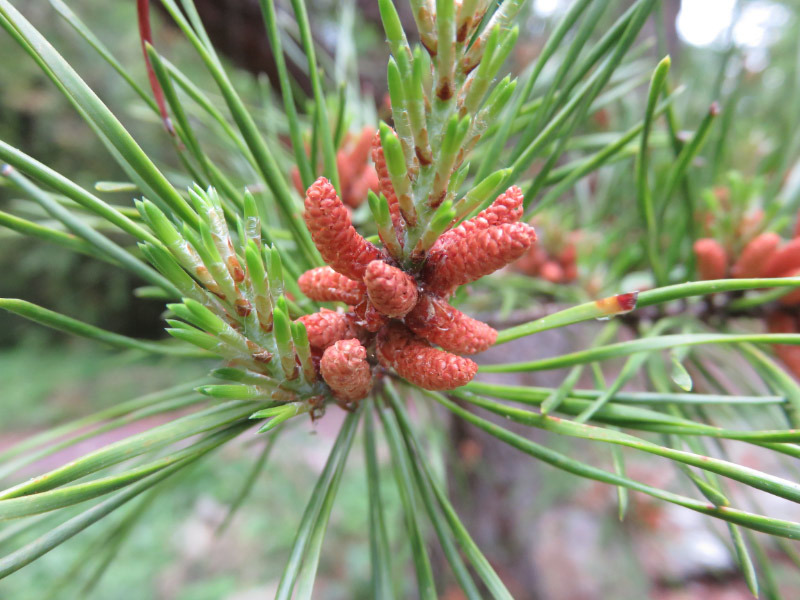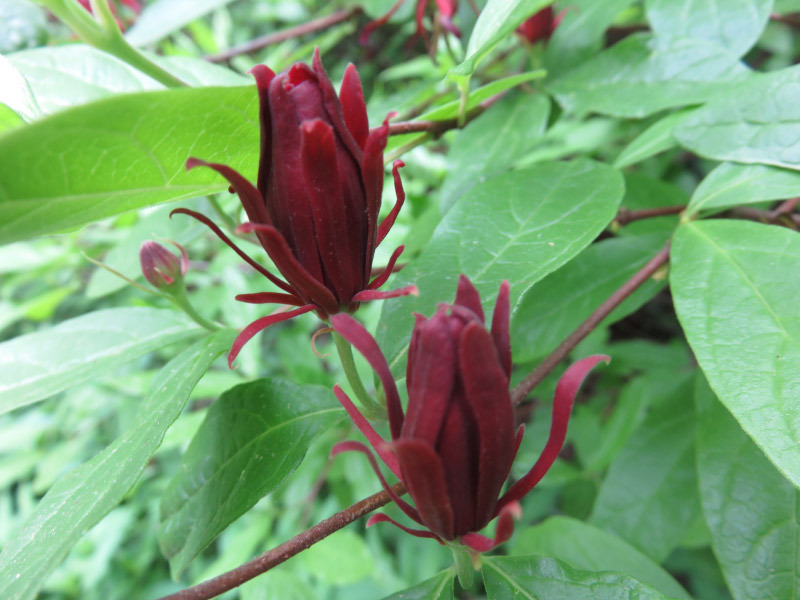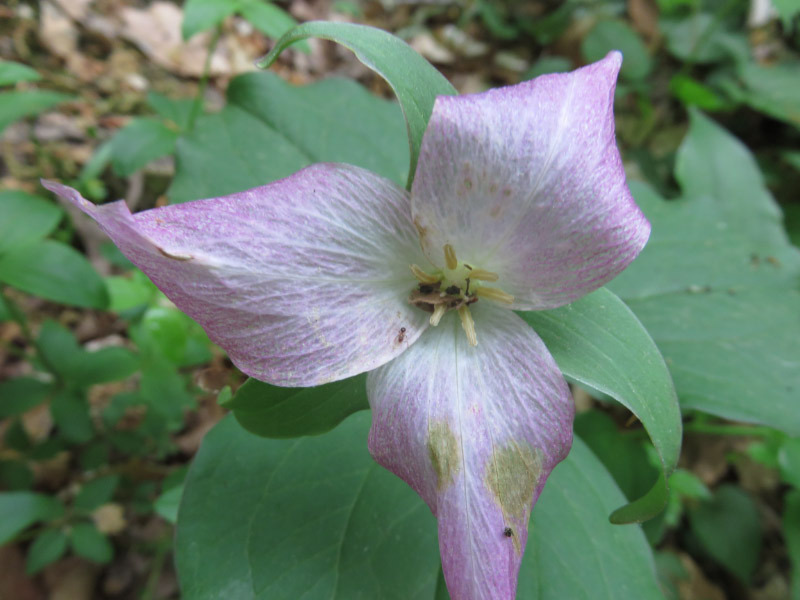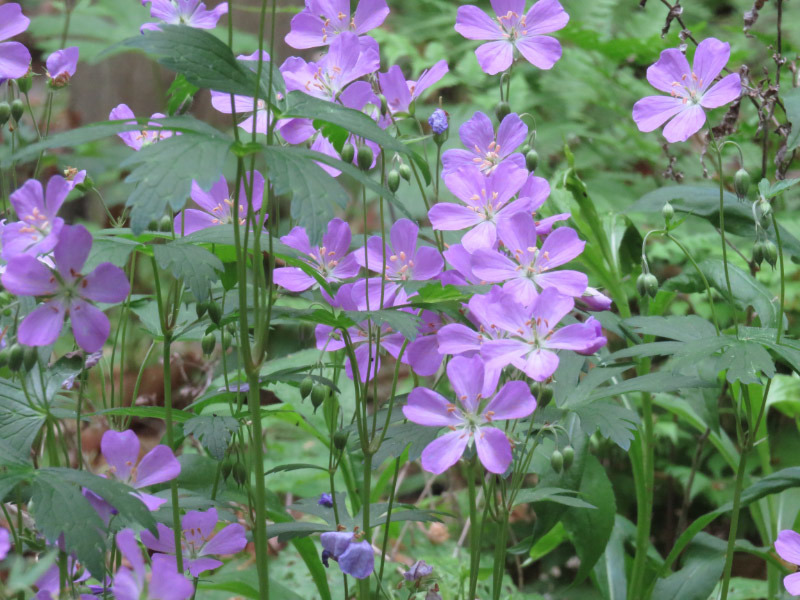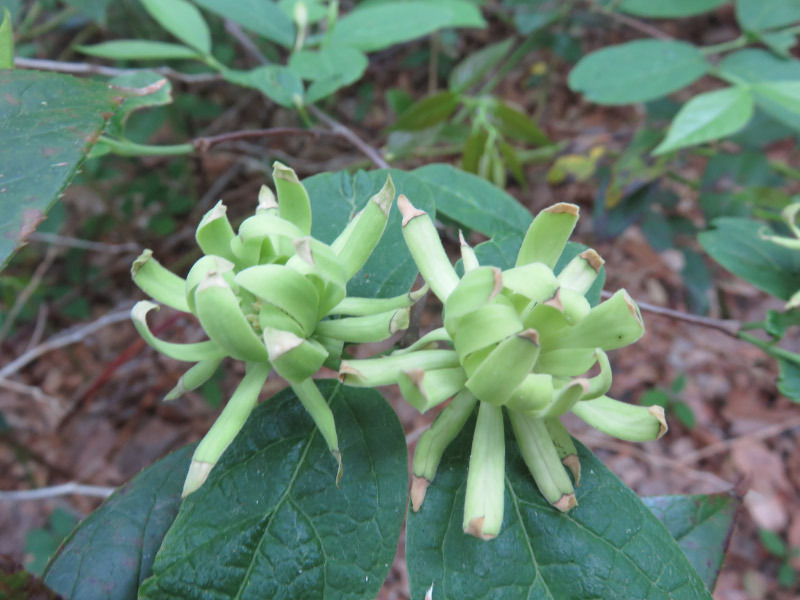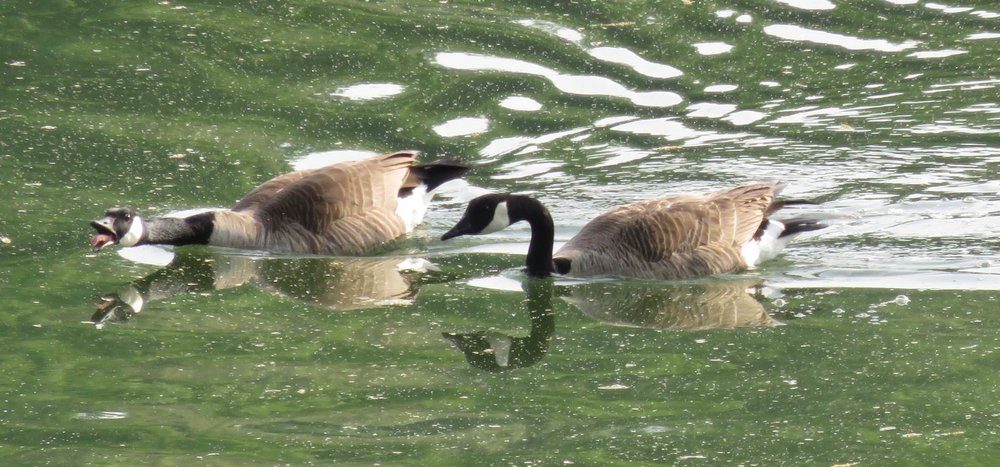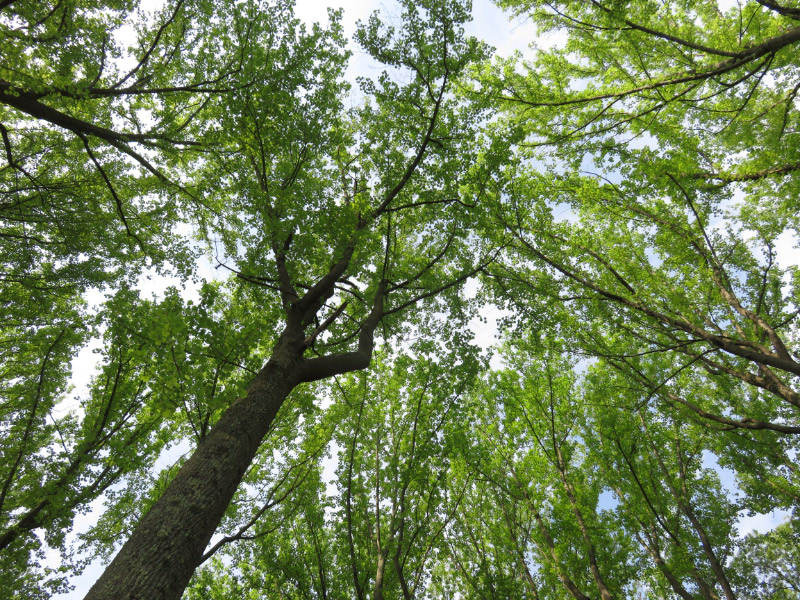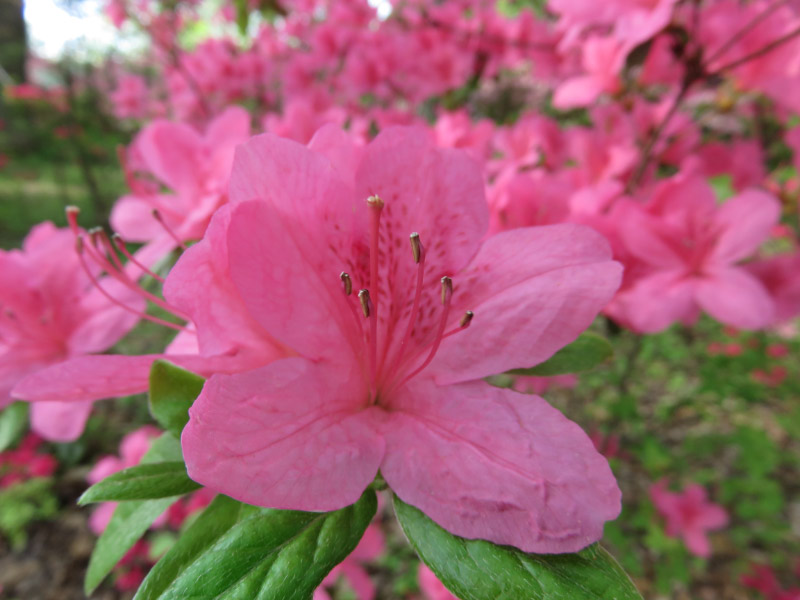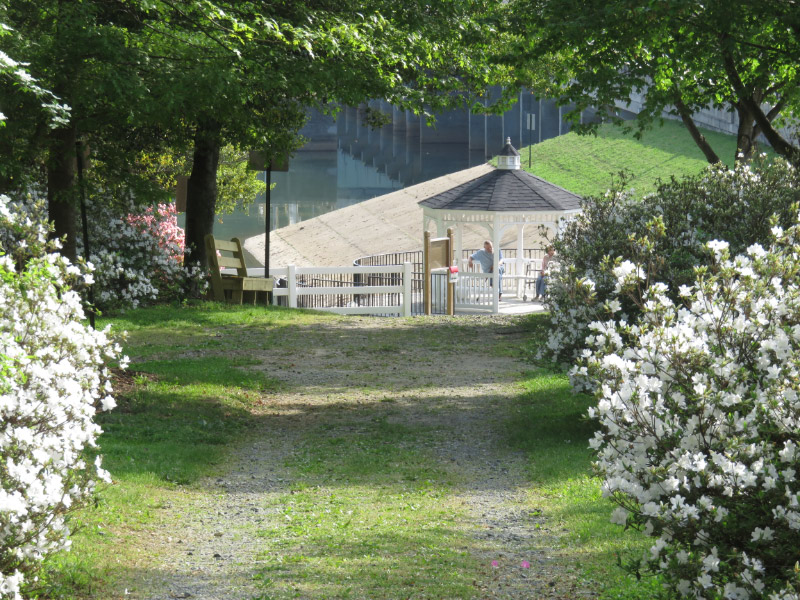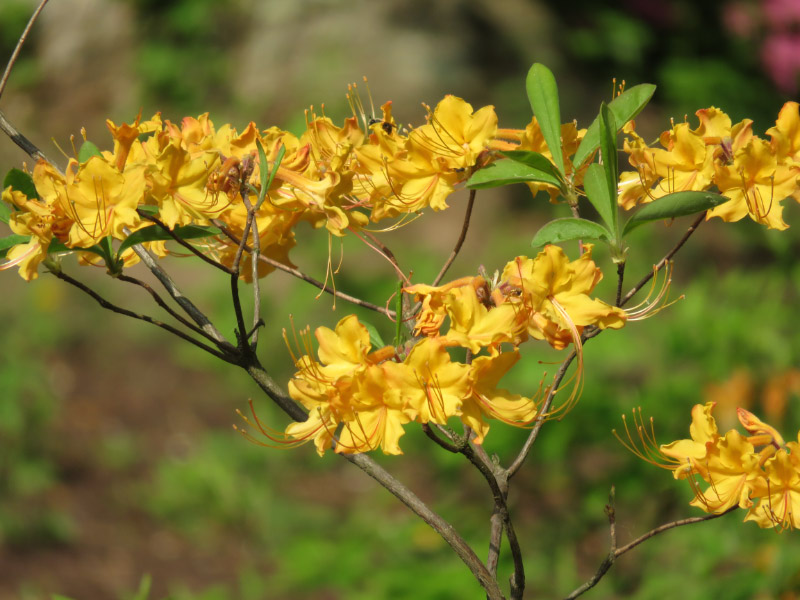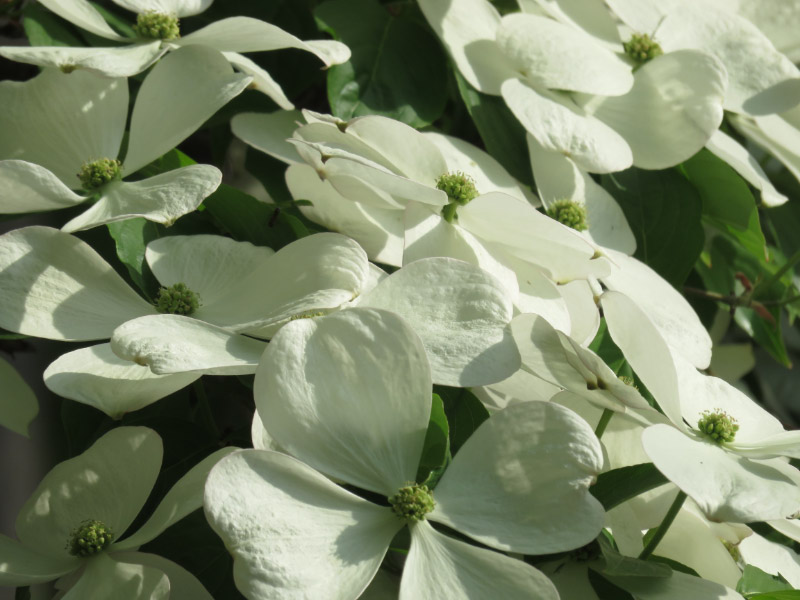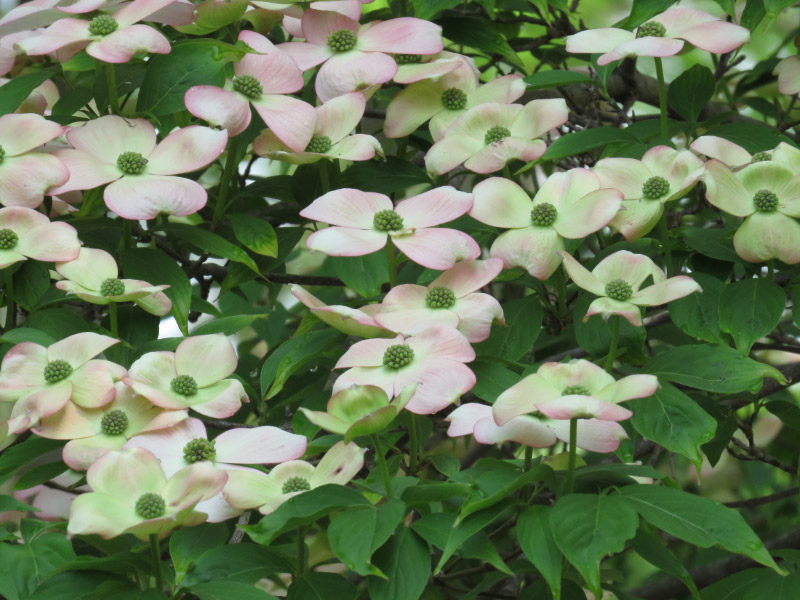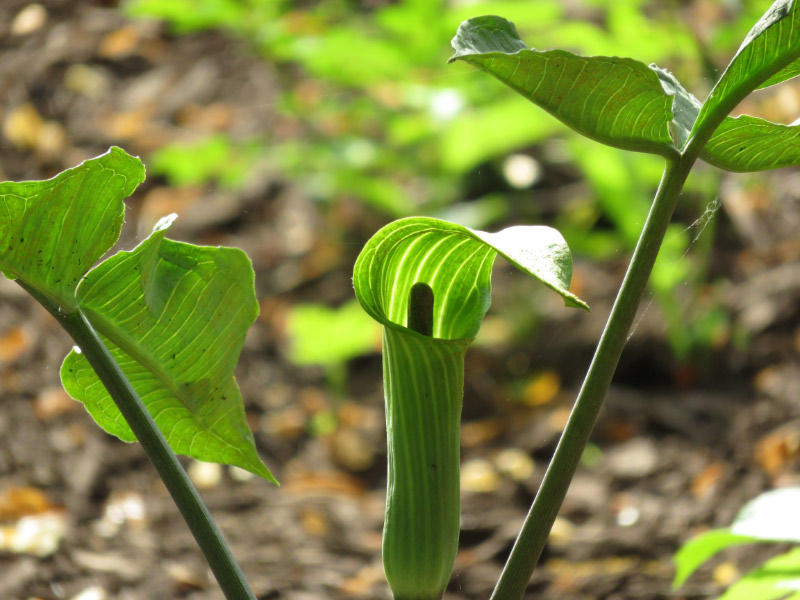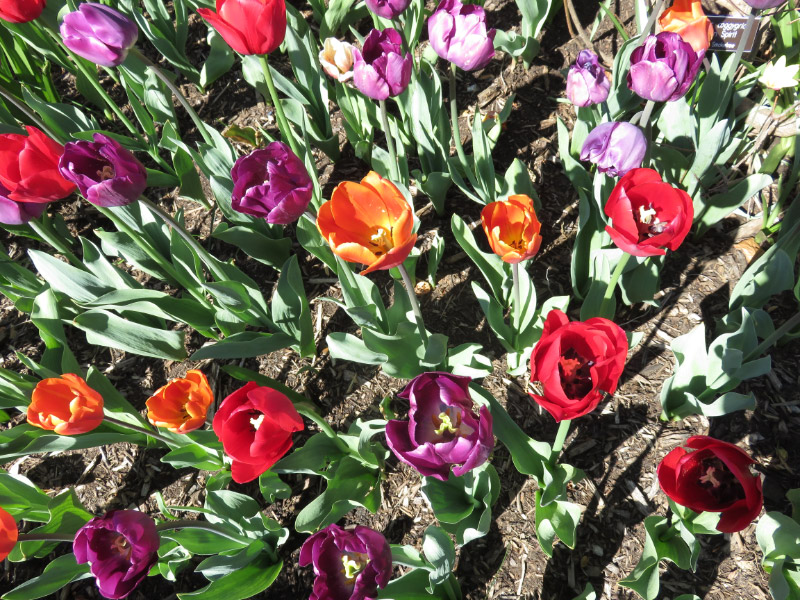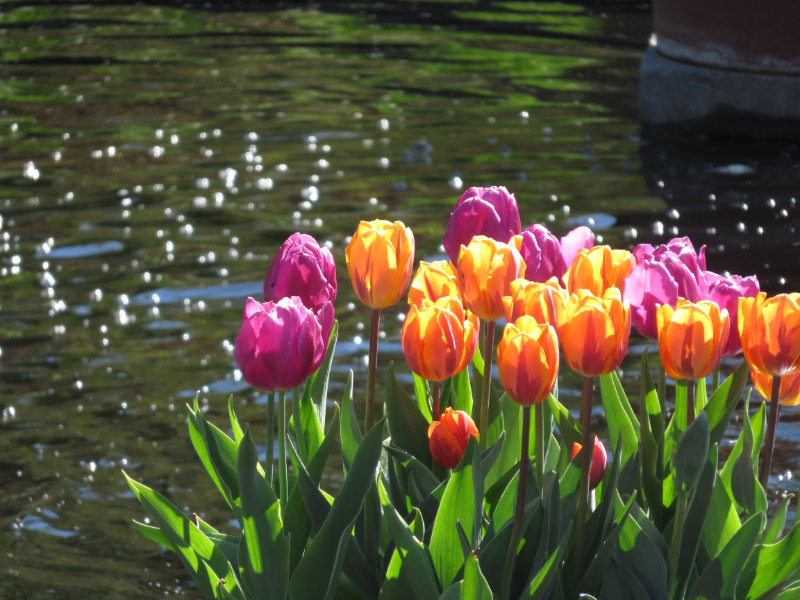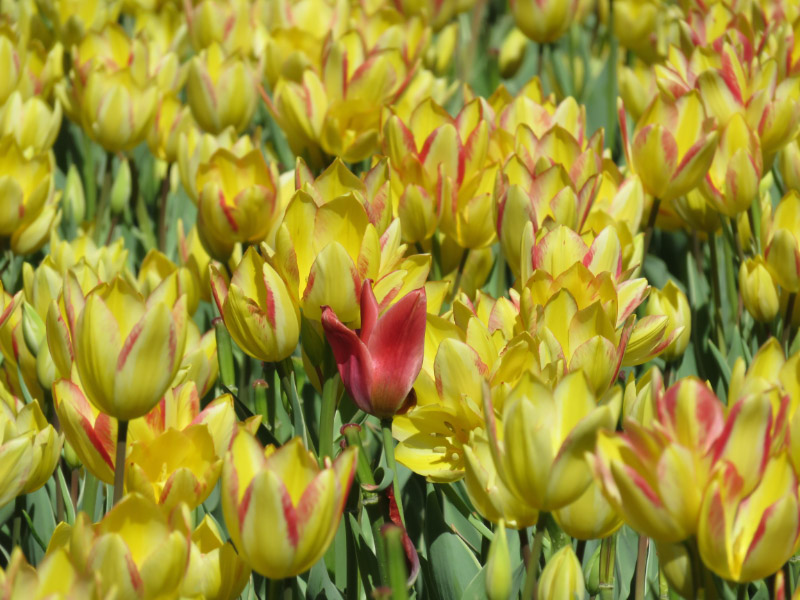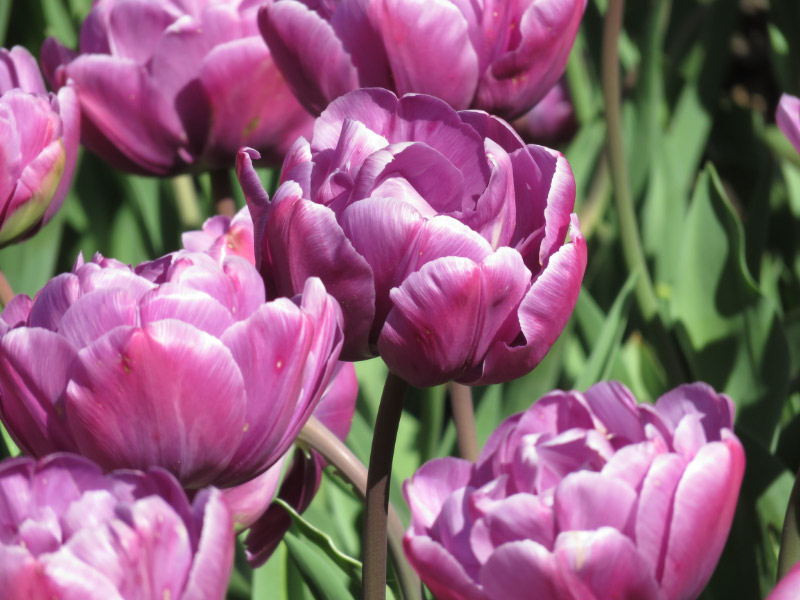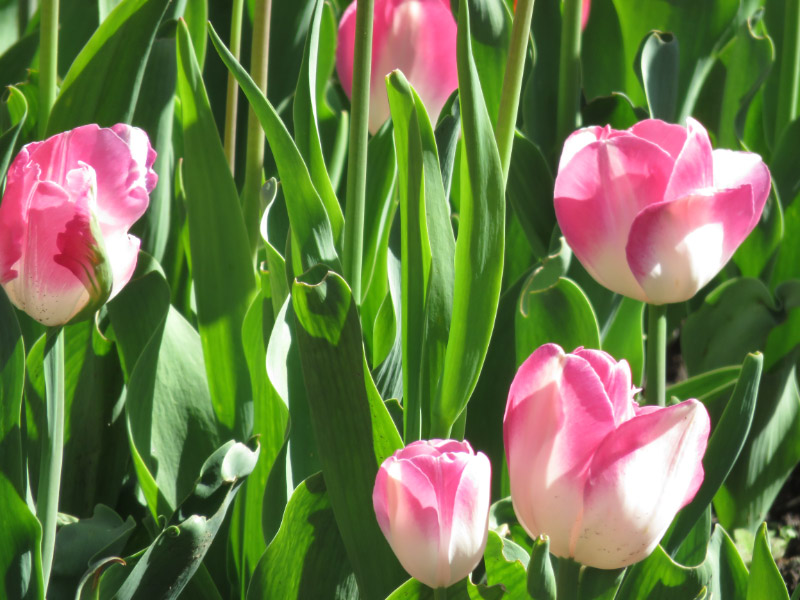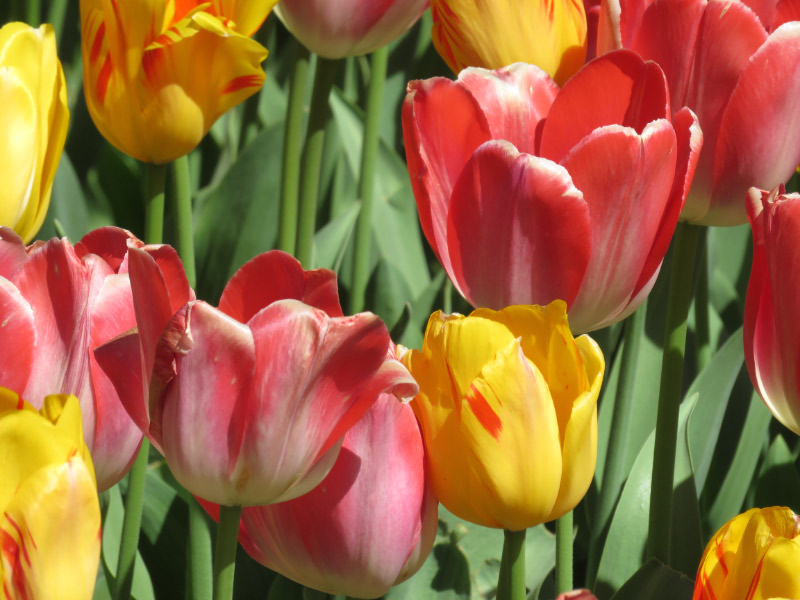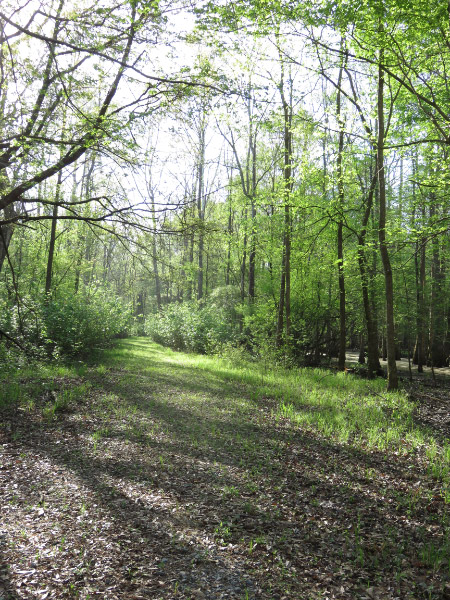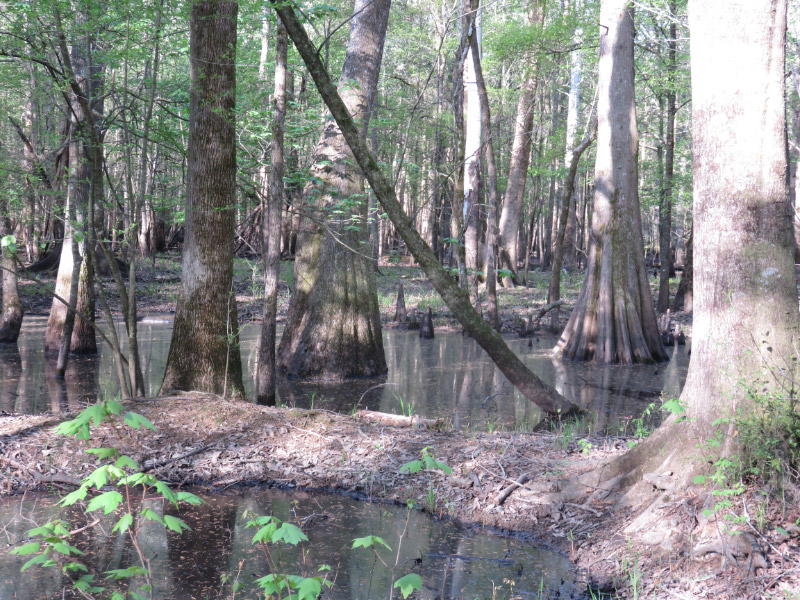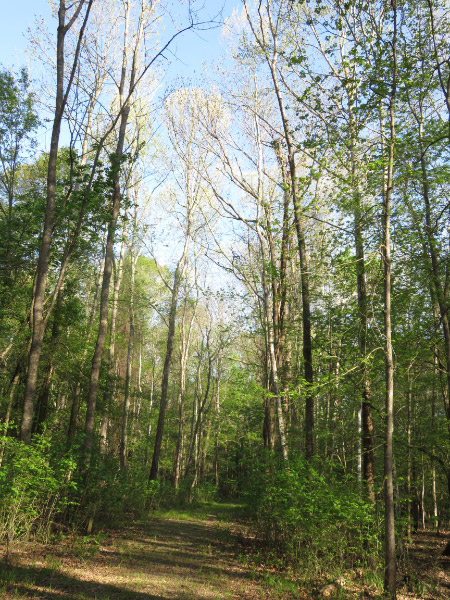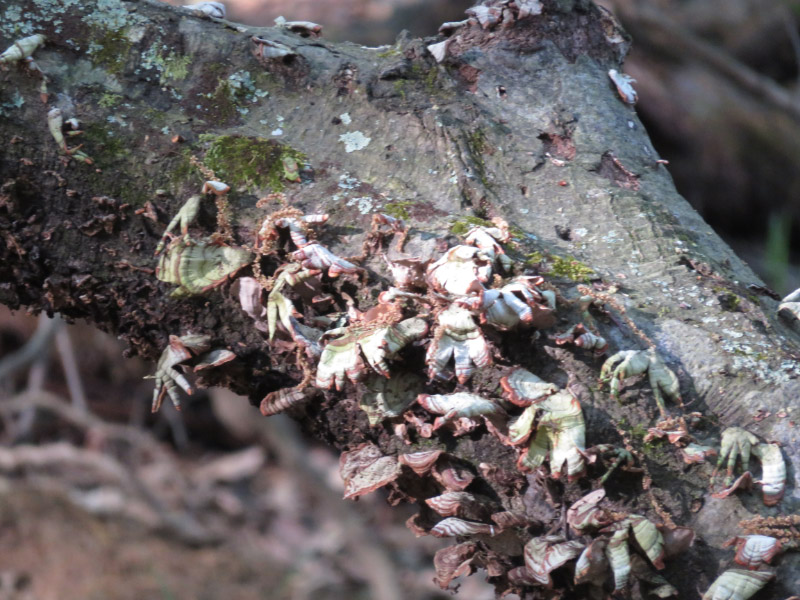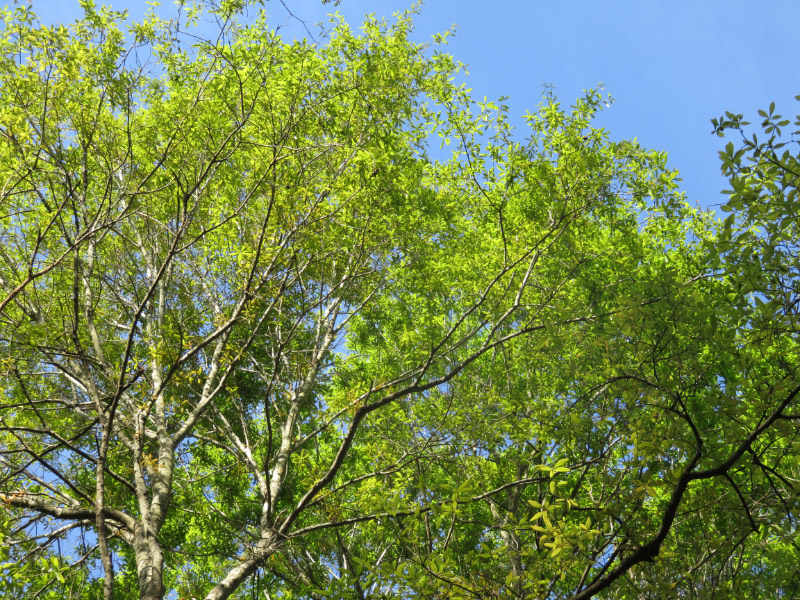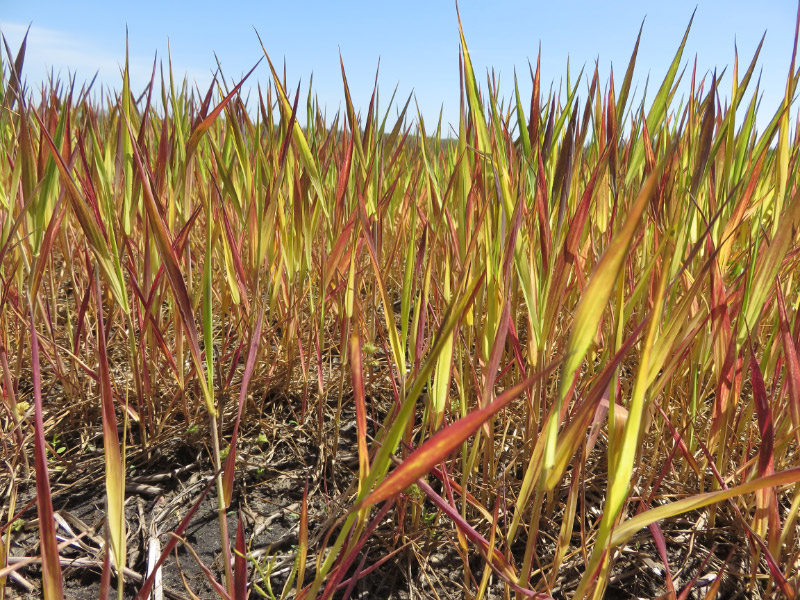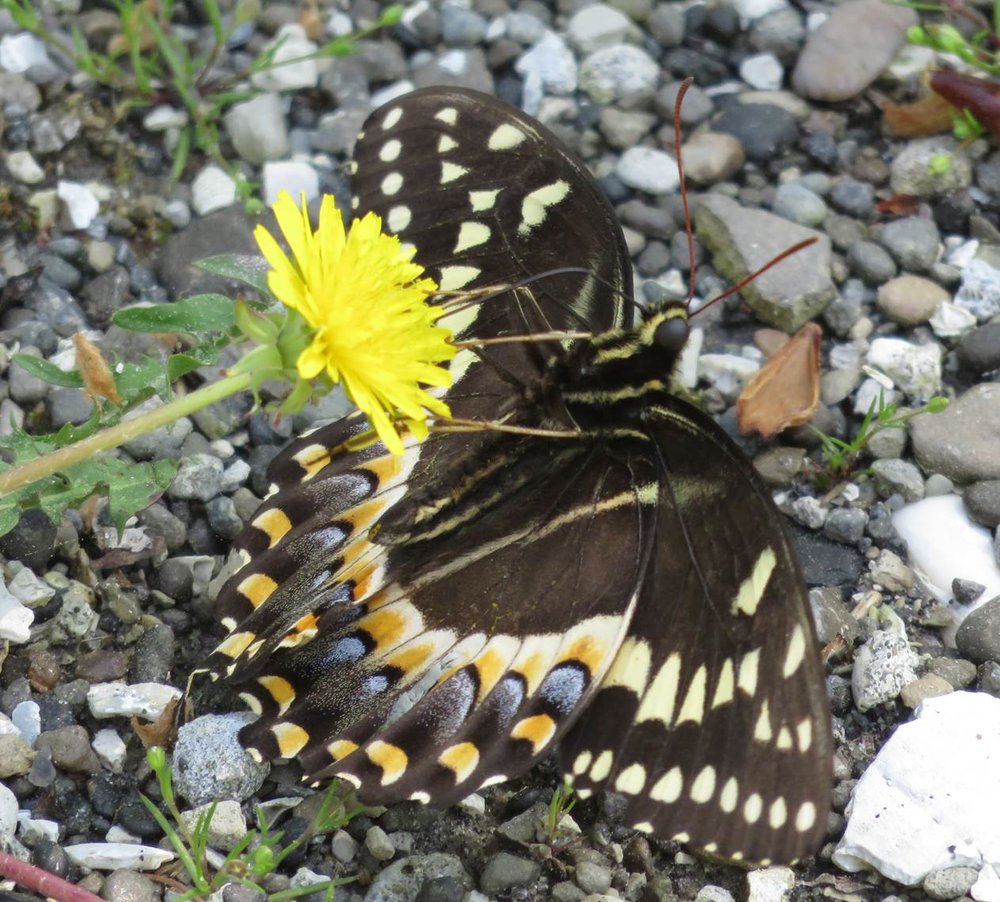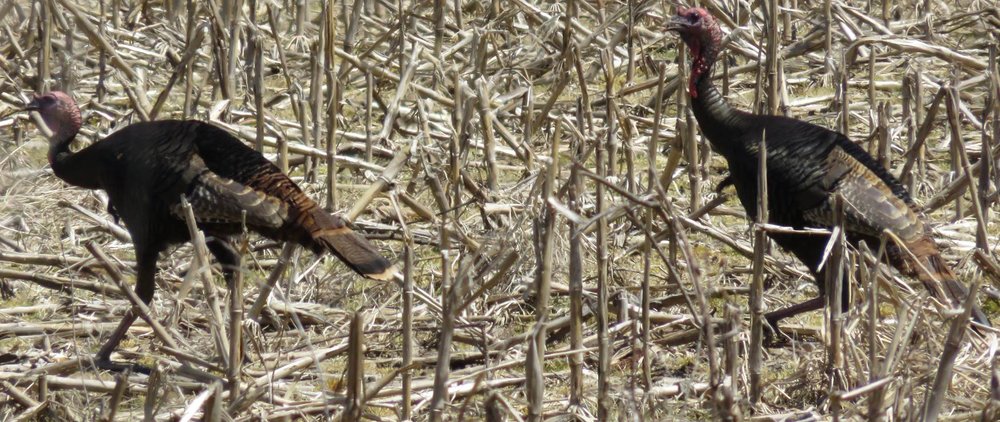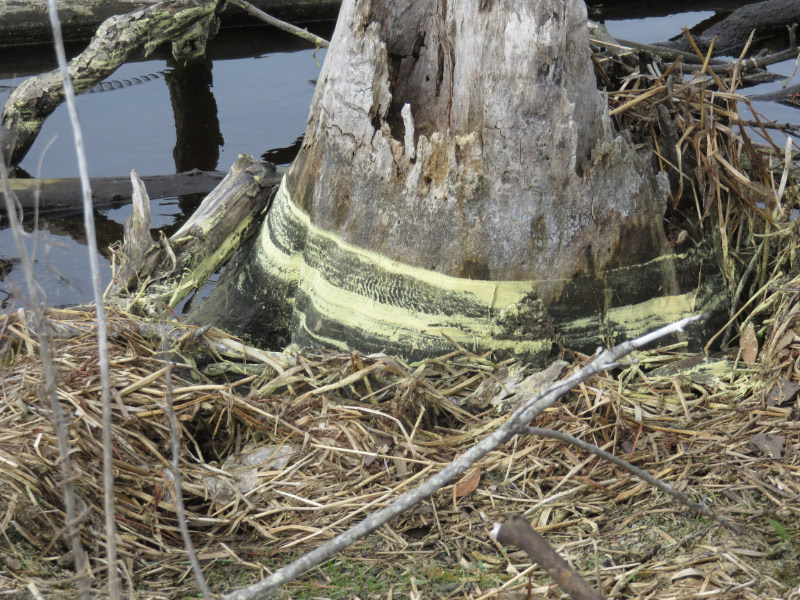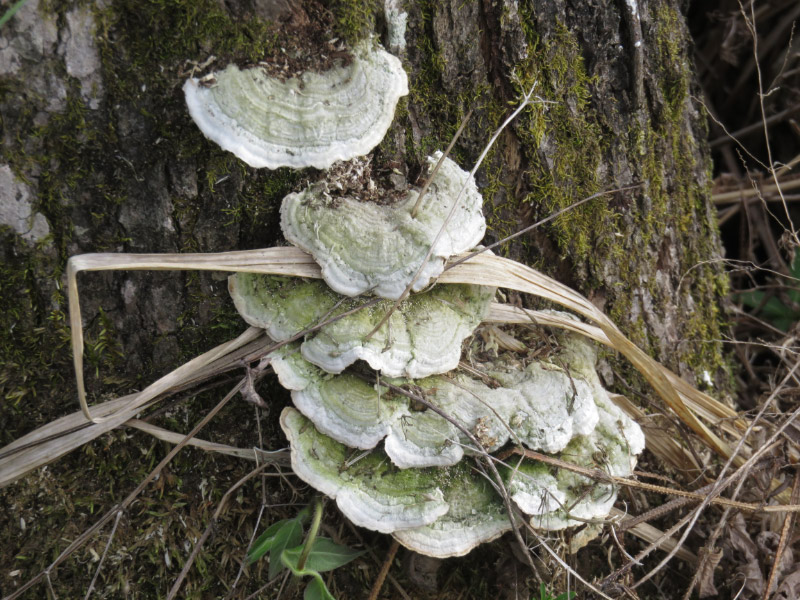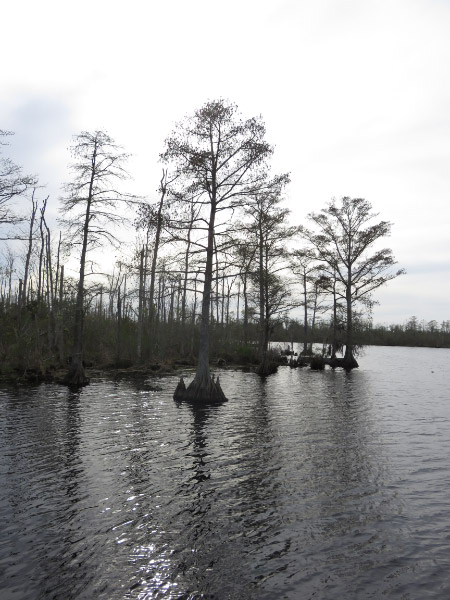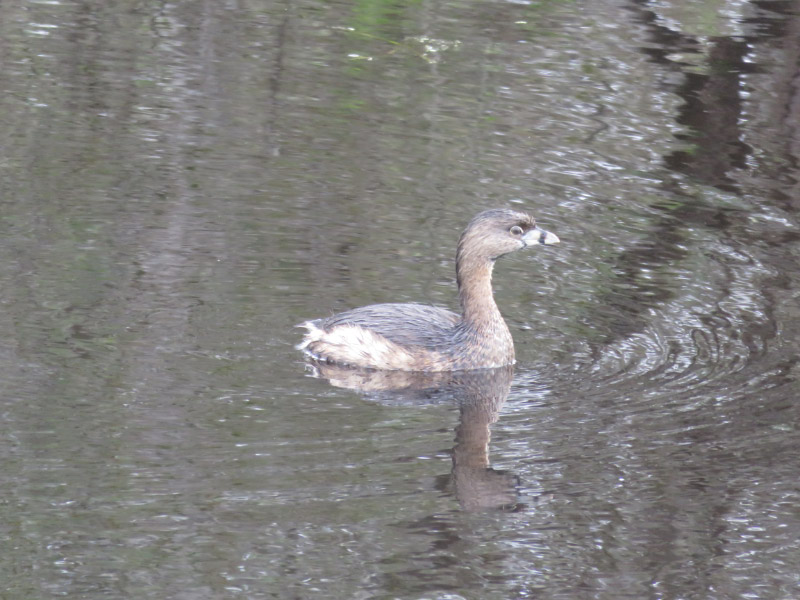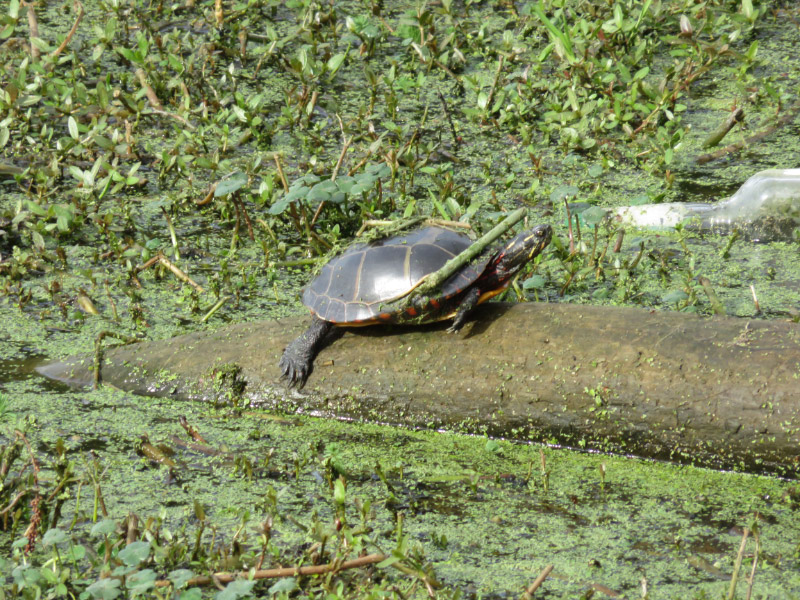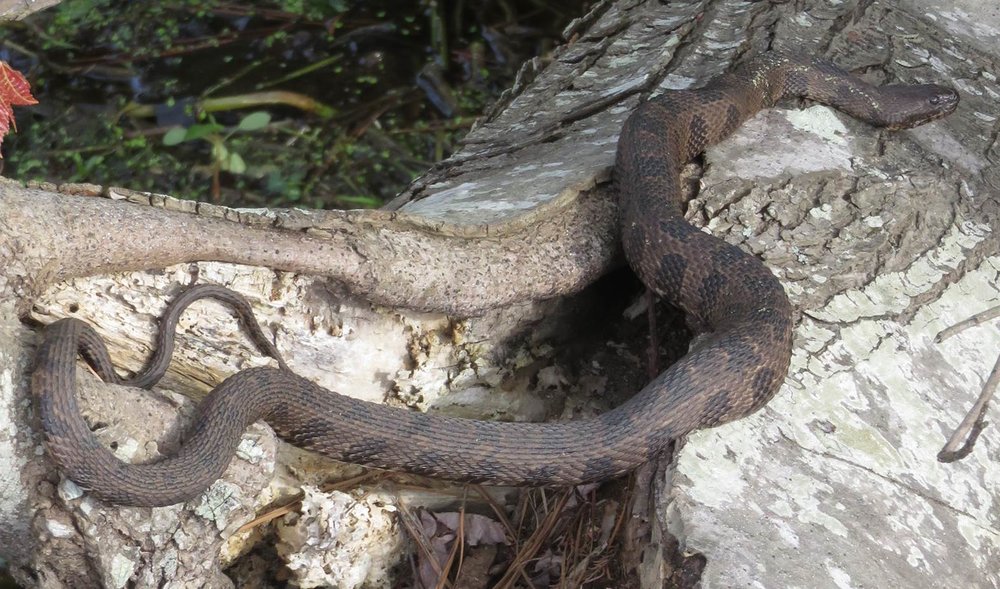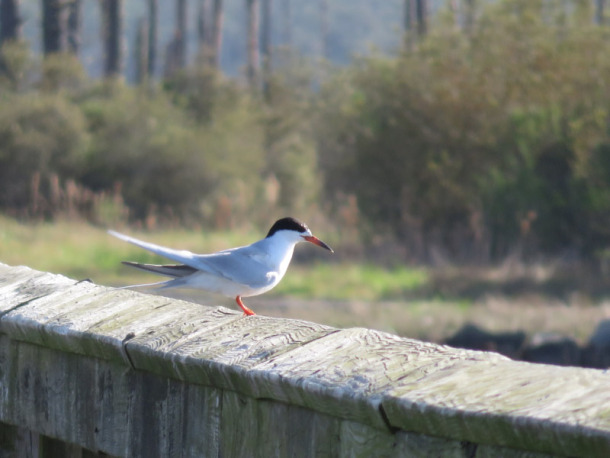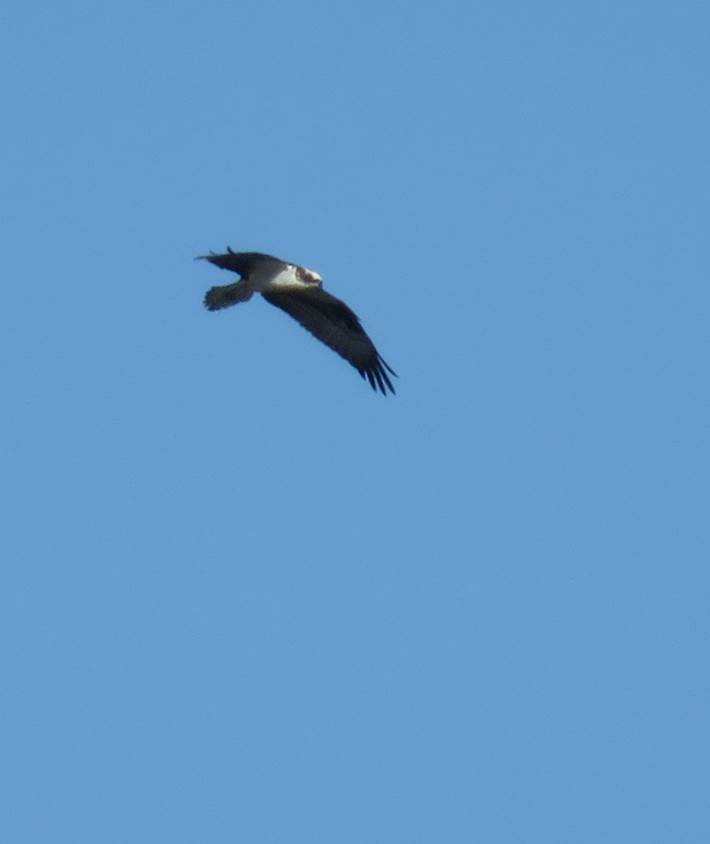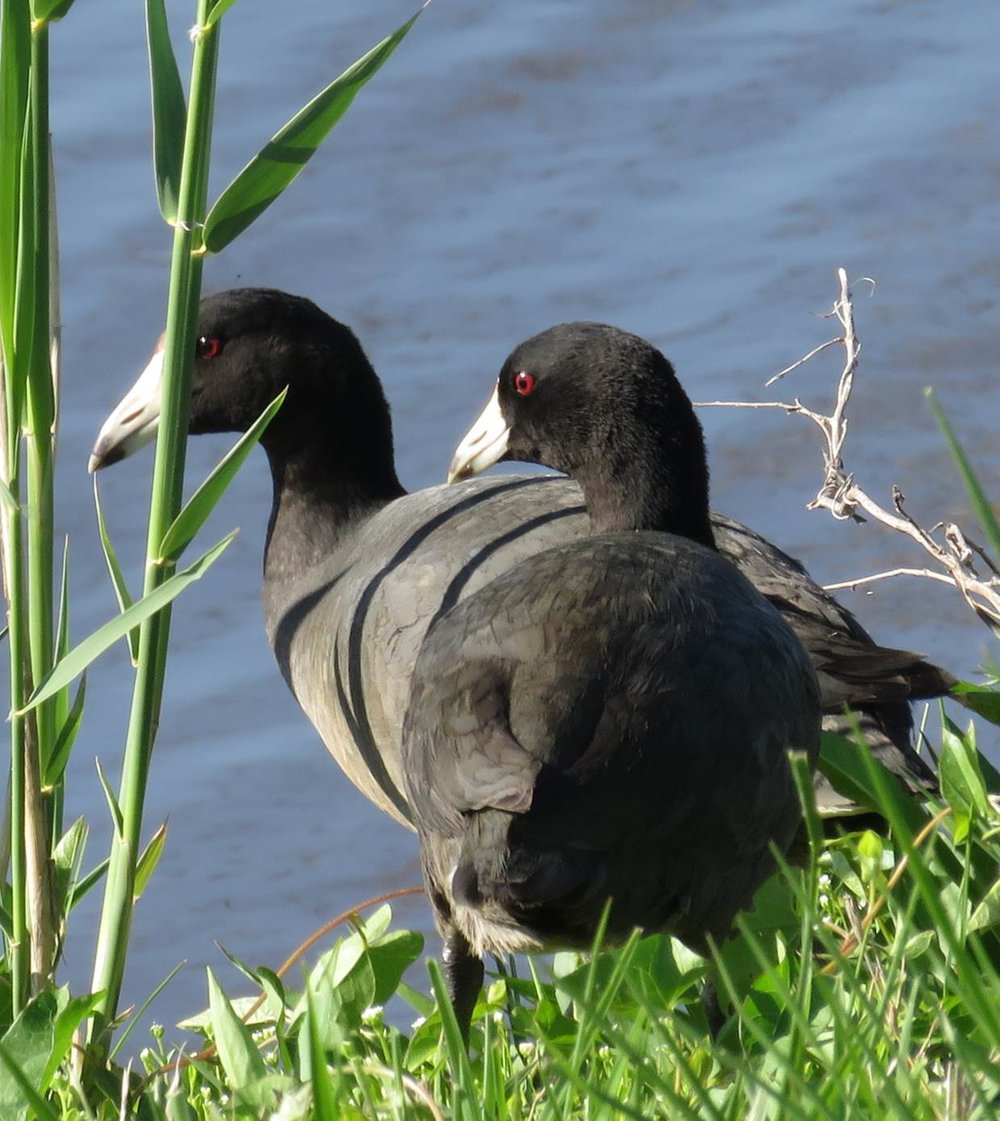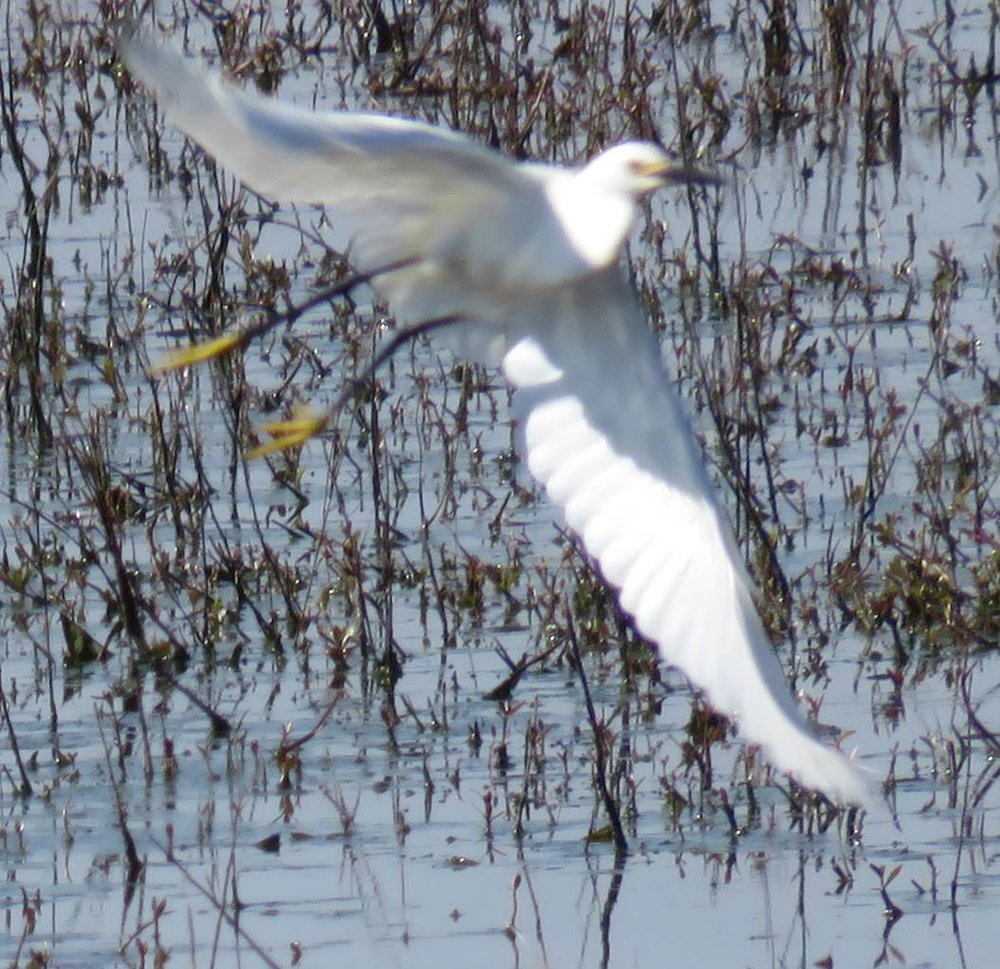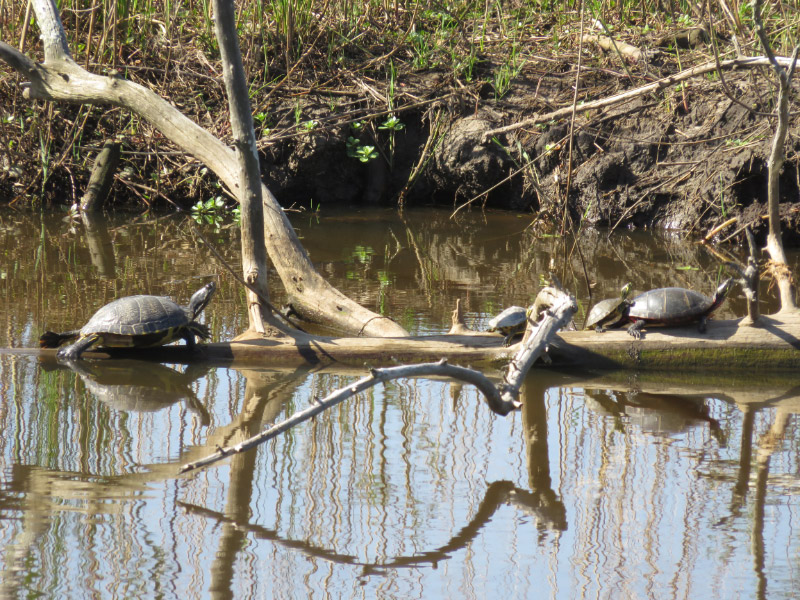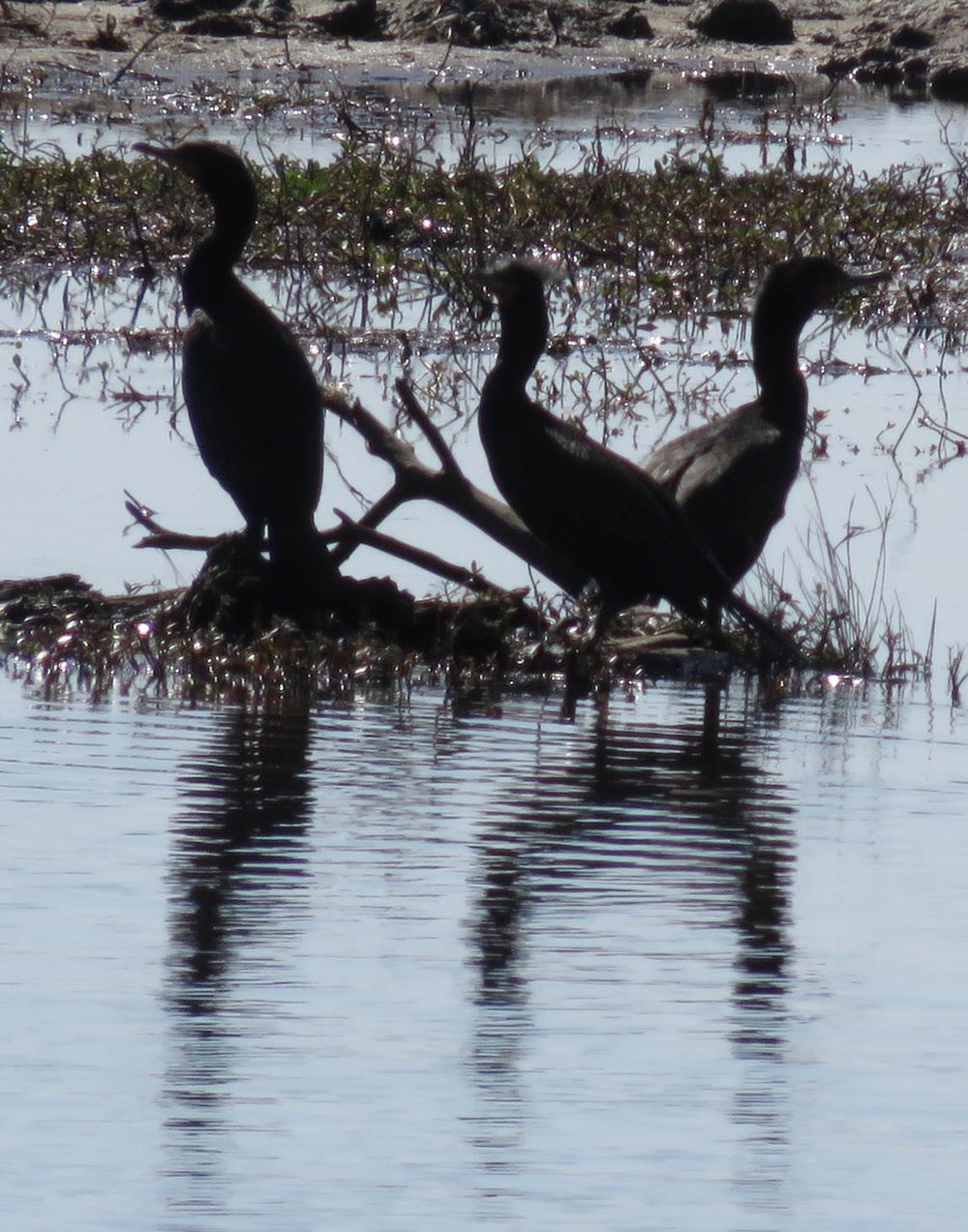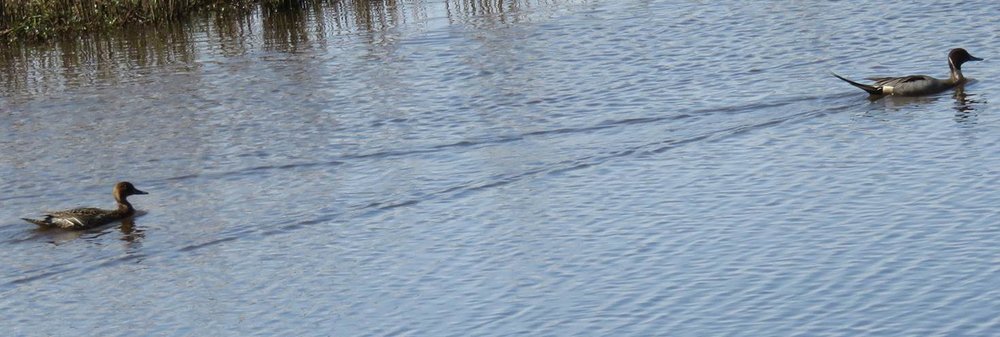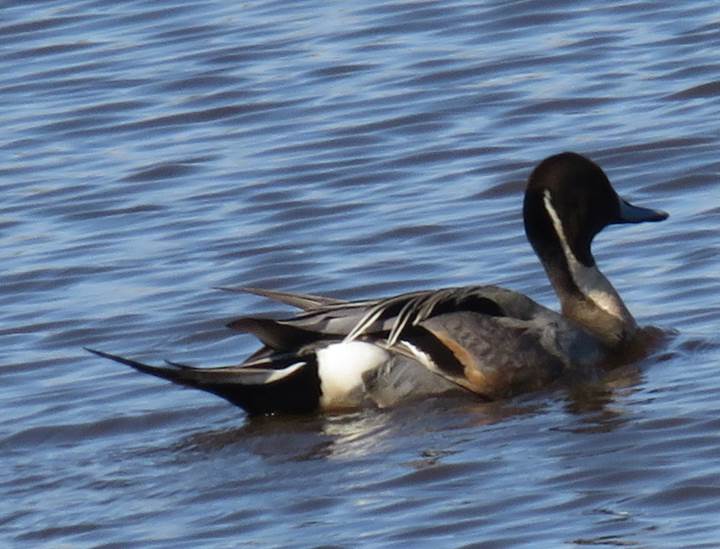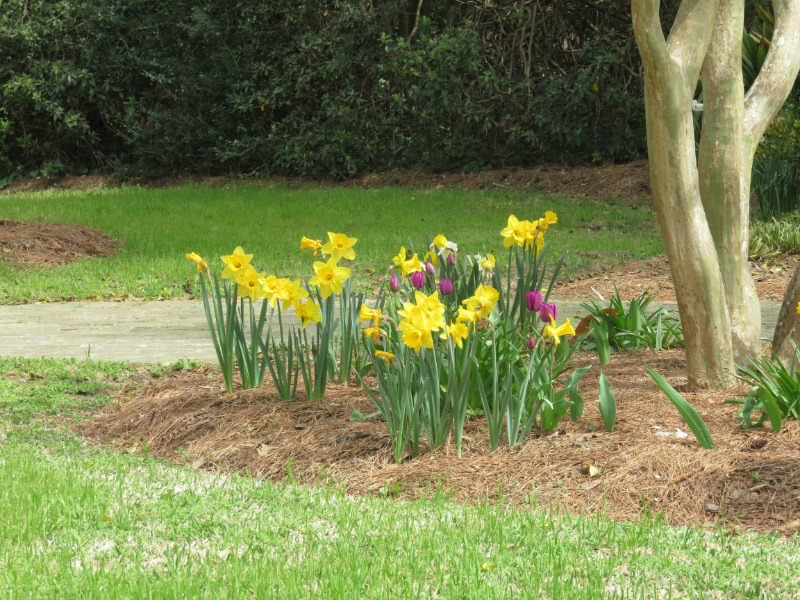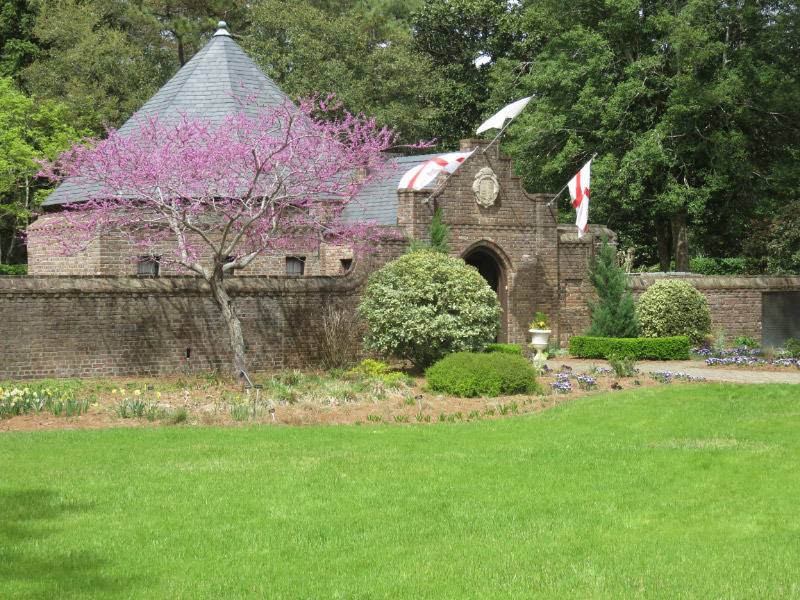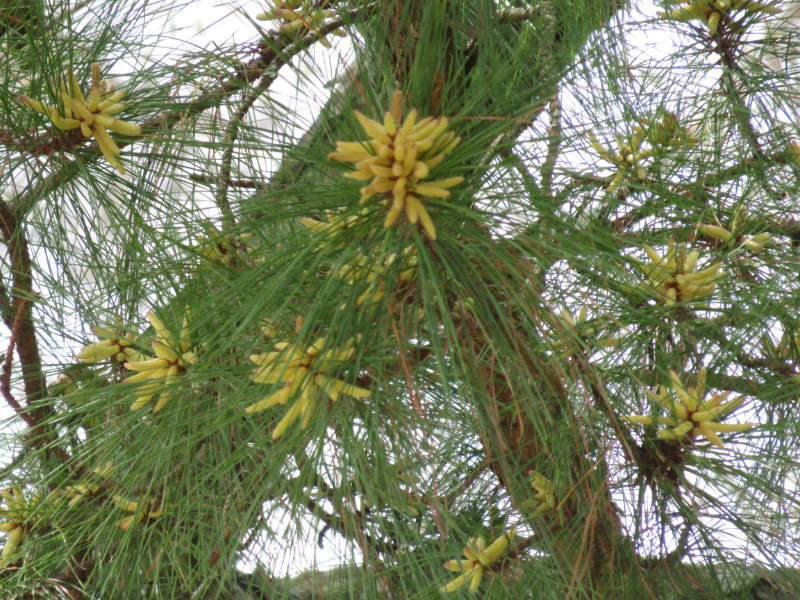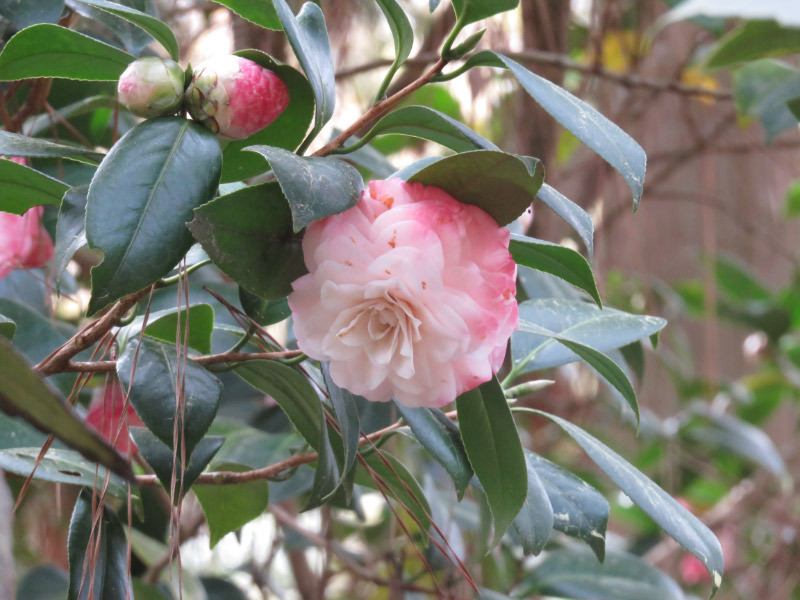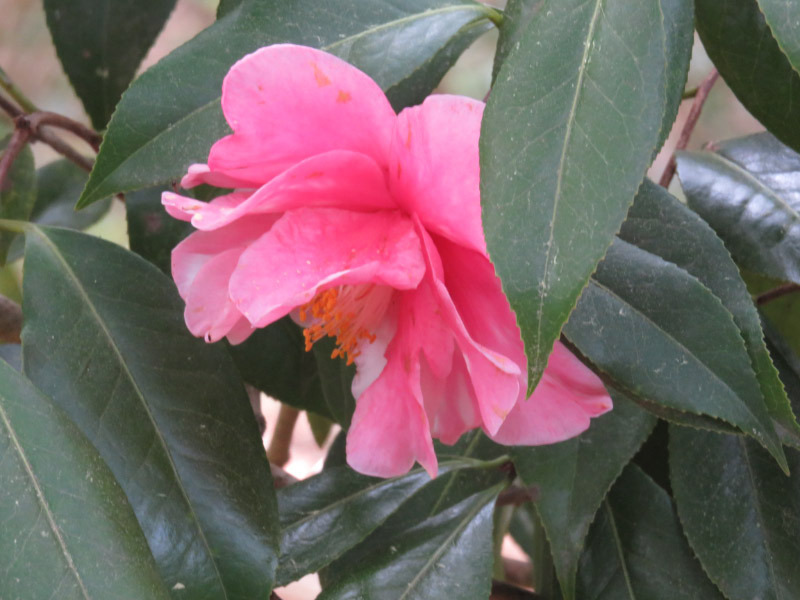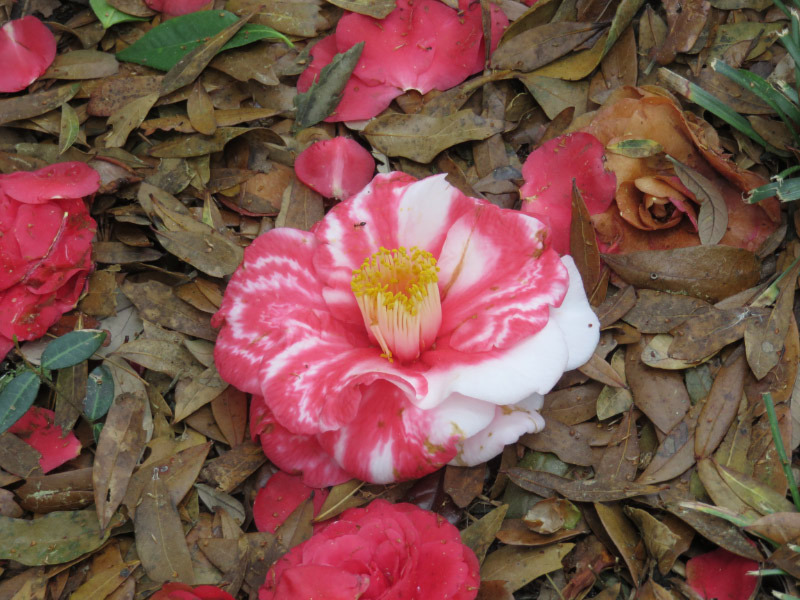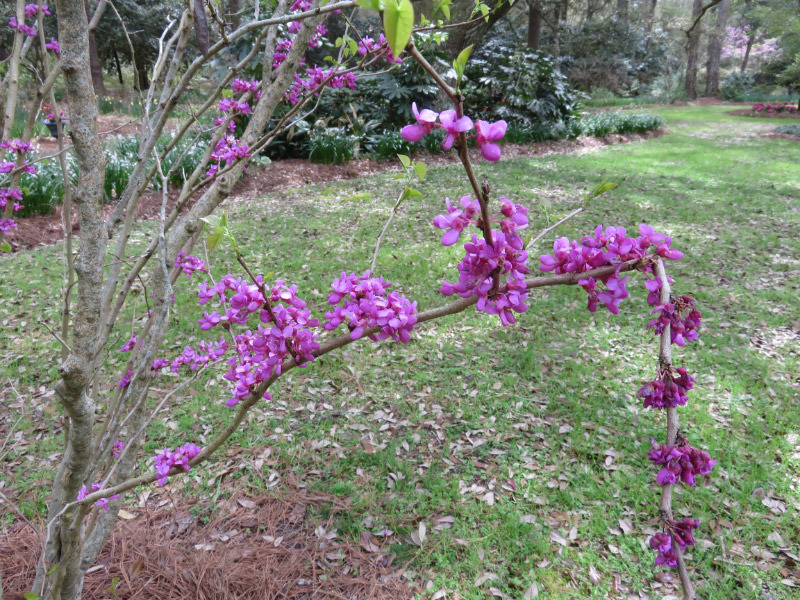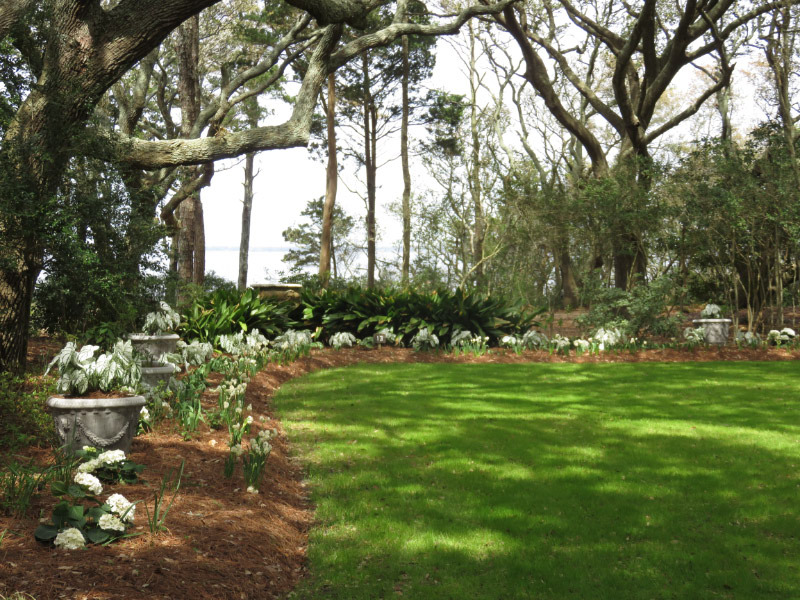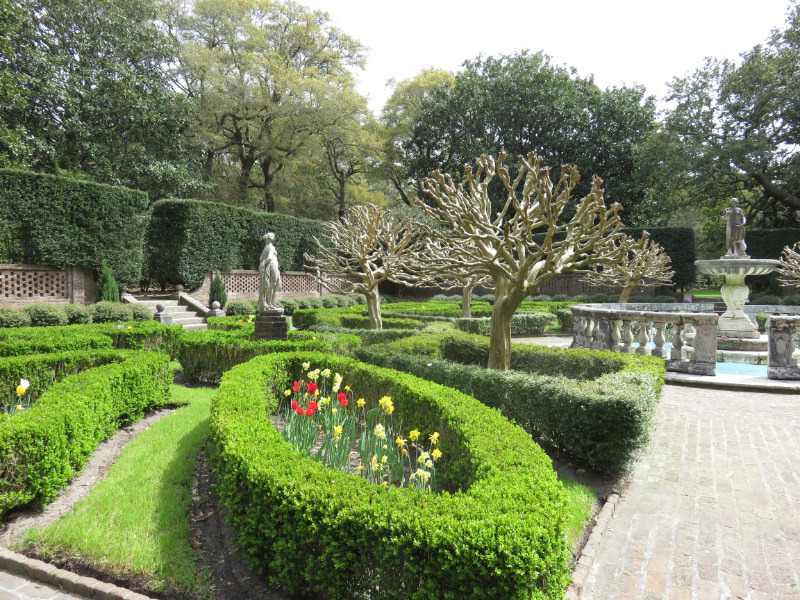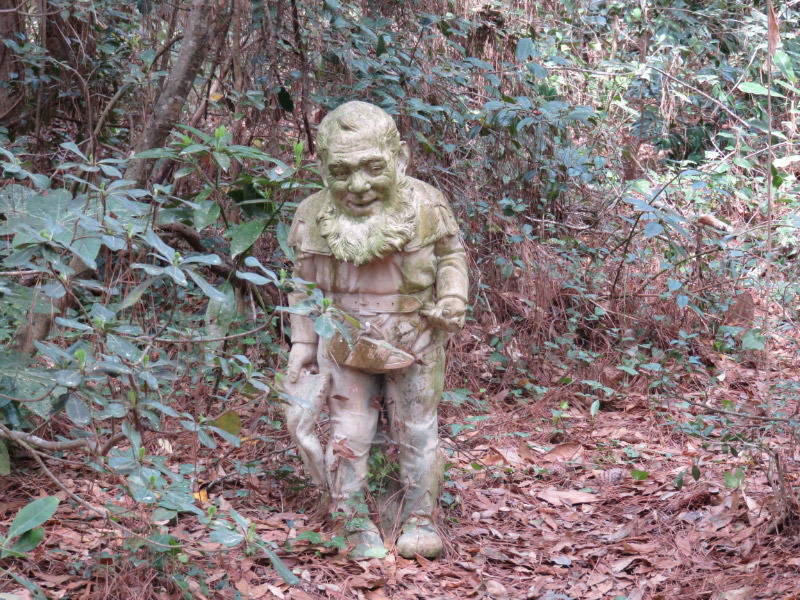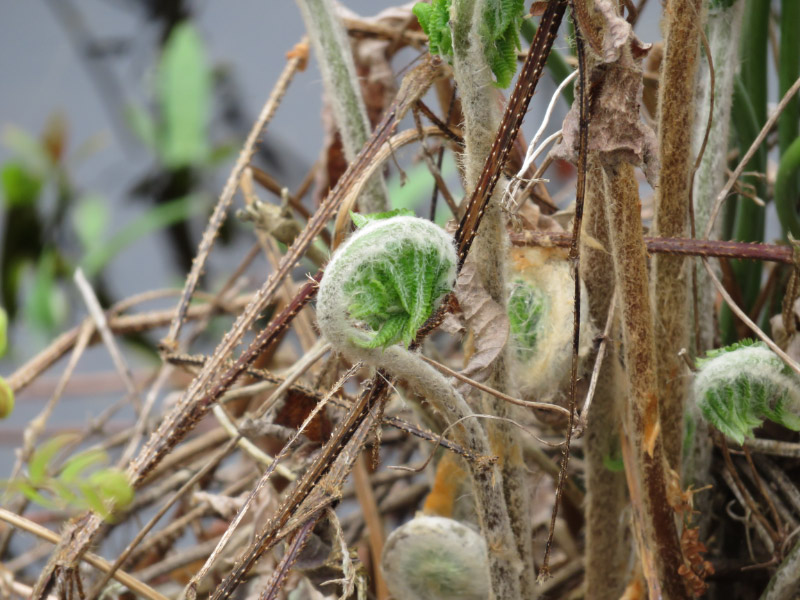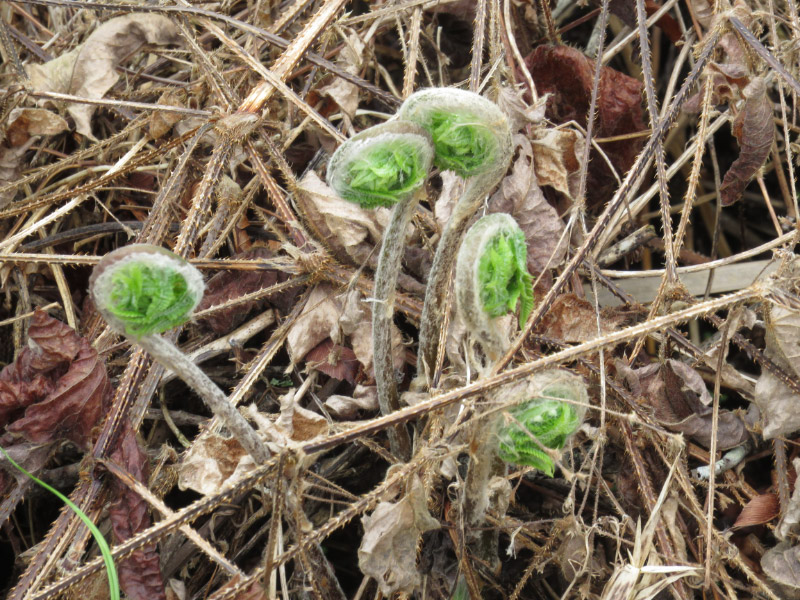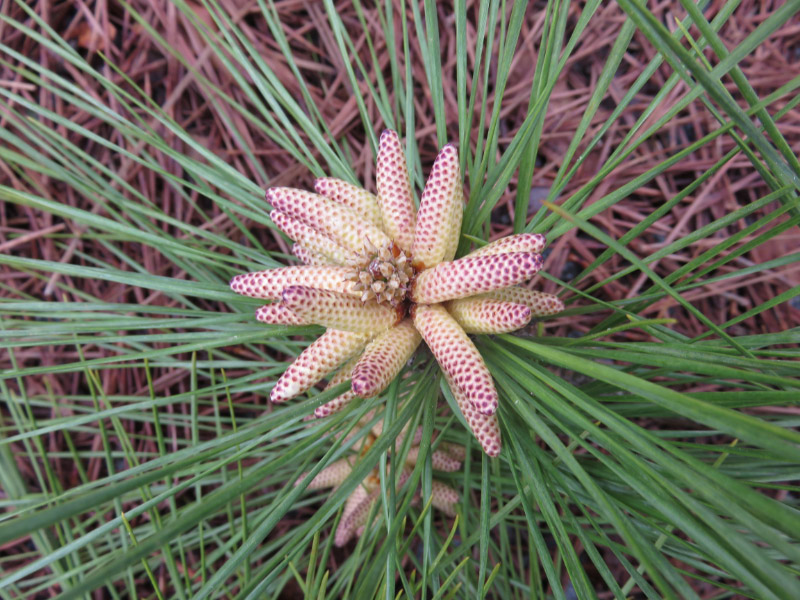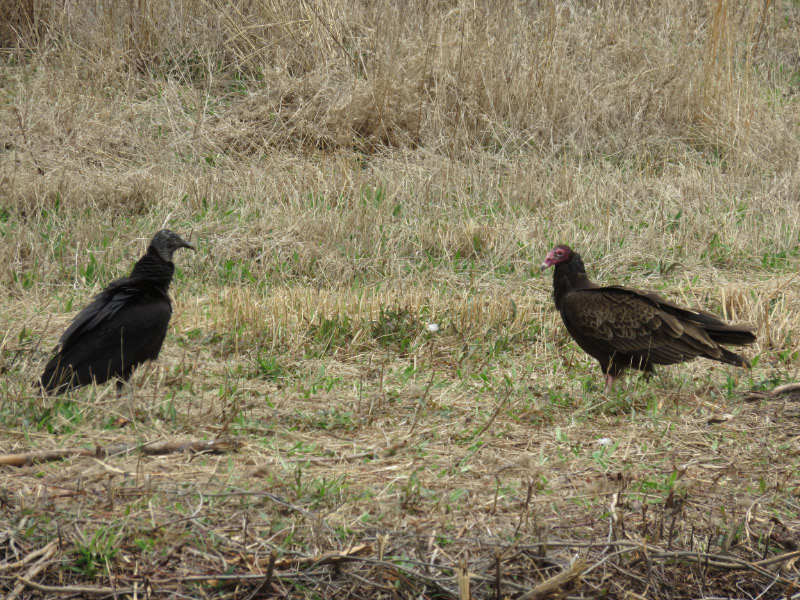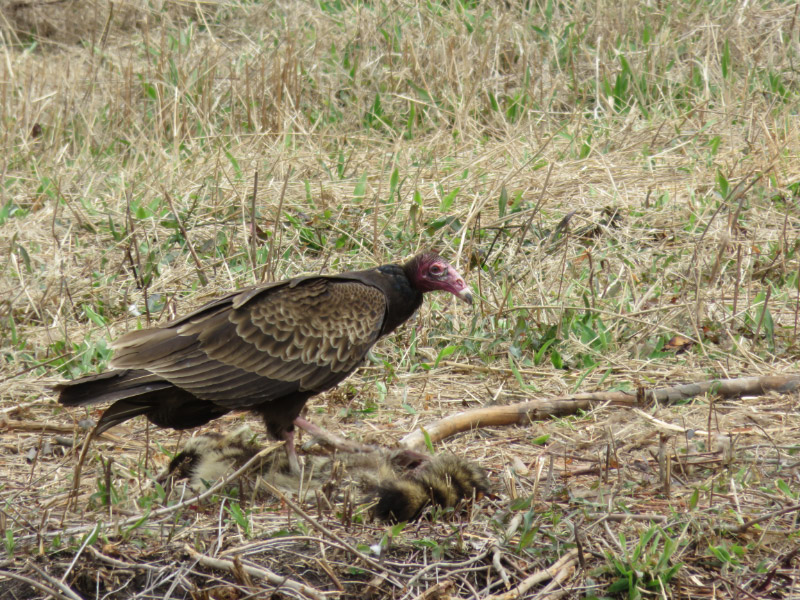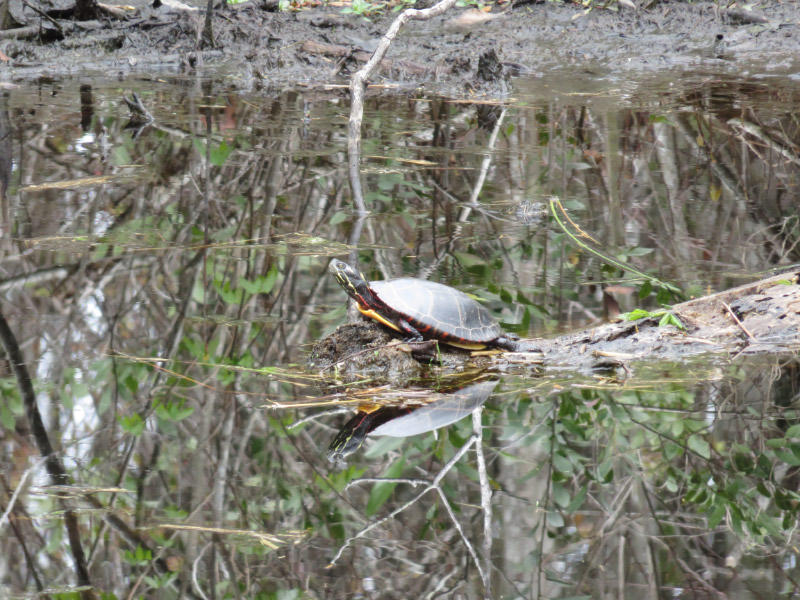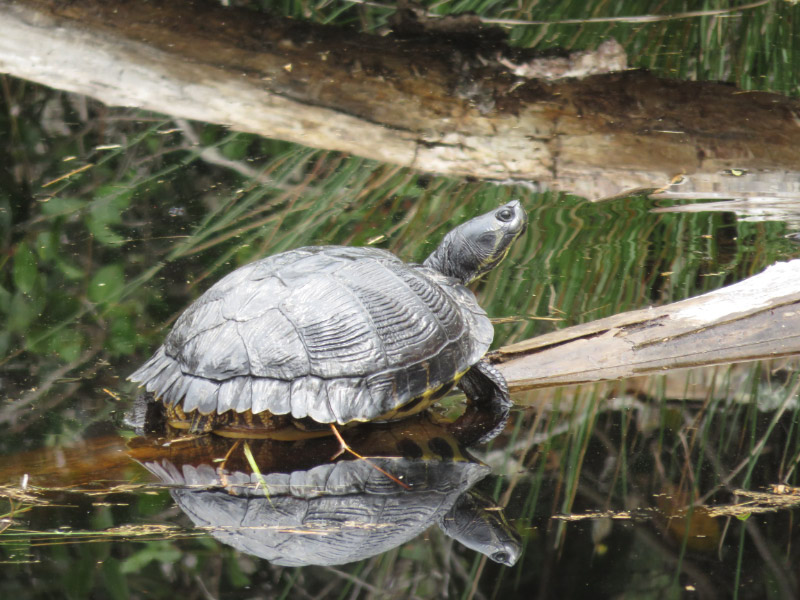The items below were ‘the cream’ of the articles and websites I found this past week. Click on the light green text to look at the article.
New app puts the world's biodiversity in the palm of your hand - The Map of Life app makes it easier to identify local wildlife. It’s a location specific reference for amphibians, birds, fishes, mammals, reptiles, turtles, bumblebees, butterflies, dragonflies, and trees. The down side is things you find that are normally in that locality. I’ve already experienced one - a bigleaf magnolia growing in the woods in Patapsco Valley State Park in Maryland. It is a tree that usually grows further south. The app will still provide information but it is not quite as easy as plants/animals that are ‘normal’ for the area.
What happens to our bodies after we die - Maybe some of the concepts in the article are a little familiar from all the CSI programs on television these days….but it’s hard to separate fact from fiction in those programs. This post from the BBC is on ‘fact’ side.
Idle Electronics and Appliances Waste $19 Billion Annually, Study Says - A study done with 70,000 residential customers in California found that 23% of home electricity usage was from always-on but inactive devices. That can’t be good. Appliance designers need to work on reducing that….and maybe consumers need to be content with stoves and microwaves that don’t have clocks!
Harmful algal blooms in the Chesapeake Bay are becoming more frequent - Ugh! Even with all the work being done to reduce the nutrients going into the bay…the growing population of people and animals is overwhelming the progress made.
Everybody Dies: How to Preserve Your Digital Legacy - It is not just about preserving your legacy…it’s also to whoever will be handling things for you. Wills need to include more than they did 50 years ago!
11 Ways to Increase Electric Car Adoption - My next car might be electric. For my day to day driving it would already be acceptable. It would not work for road trips - and that is a problem even though it is only a few weeks a year.
Long-term study on ticks reveals shifting migration patterns, disease risks with a larger version of the infographic here (click on the image to make it even larger) - Maryland has the dog tick, Lone star tick, and deer tick ---- and Lyme disease…not good. One of the places where I lead hikes is part of a study to identify the diseases ticks carry in the area.
Maryland and Food Self-Sufficiency - More and more people are becoming more aware of where their food is coming from and some are attempting to become locavores. The findings for Maryland are probably pretty typical. The three foods Maryland produces in enough quantity for our entire population are: chicken, lima beans, and watermelon!
Forests at Valley Forge National Historical Park Coming Back After Deer Culling - There are quite a few areas along the east coast that have an overpopulation of deer. I know the forest behind our house has very few small trees because the deer eat the saplings before they grow taller than the deer can browse. I appears that the Valley Forge National Historical Park is having some success with their program…but they are still monitoring to verify that the forest is indeed sustaining itself.
Real Plants and Fungi That Look Like Something from the Monstrous Manual - A series of videos. The Venus Flytrap film is dramatic!
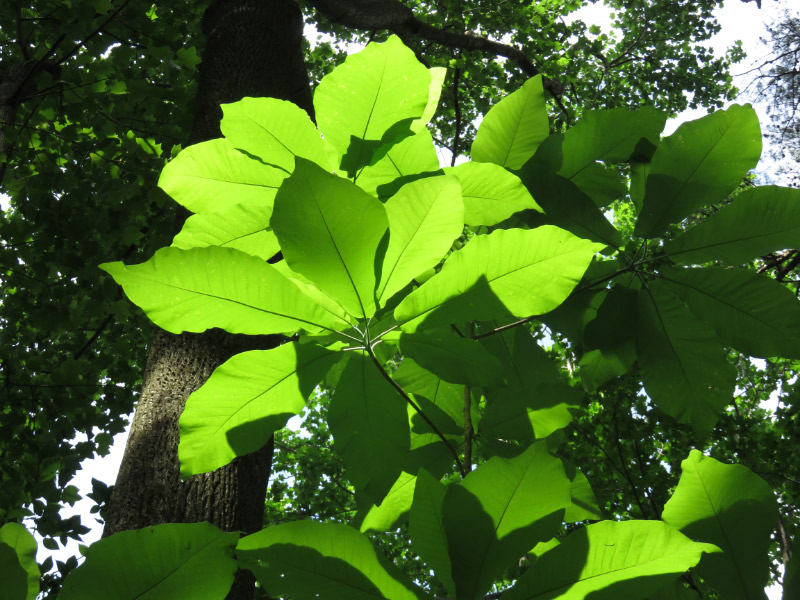 One of the trails we sometimes take from Belmont into Patapsco Valley State Park has quite a stand of Bigleaf Magnolias. They look like a tropical plant in the understory of the forest. The leaves live up to the name of the plant! In this stand, most of the trees have long slender trunks - sometimes with only one ‘umbrella’ of leaves at the top. The deer population around Belmont is quite high so their growth pattern could be influenced by deer browsing on their buds and leaves. There were quite a few plants that were a clump of 2 or 3 spindly trunks. The canopy over the plants may be getting too thick as well; they are understory trees but they evidently need sunlight too.
One of the trails we sometimes take from Belmont into Patapsco Valley State Park has quite a stand of Bigleaf Magnolias. They look like a tropical plant in the understory of the forest. The leaves live up to the name of the plant! In this stand, most of the trees have long slender trunks - sometimes with only one ‘umbrella’ of leaves at the top. The deer population around Belmont is quite high so their growth pattern could be influenced by deer browsing on their buds and leaves. There were quite a few plants that were a clump of 2 or 3 spindly trunks. The canopy over the plants may be getting too thick as well; they are understory trees but they evidently need sunlight too.